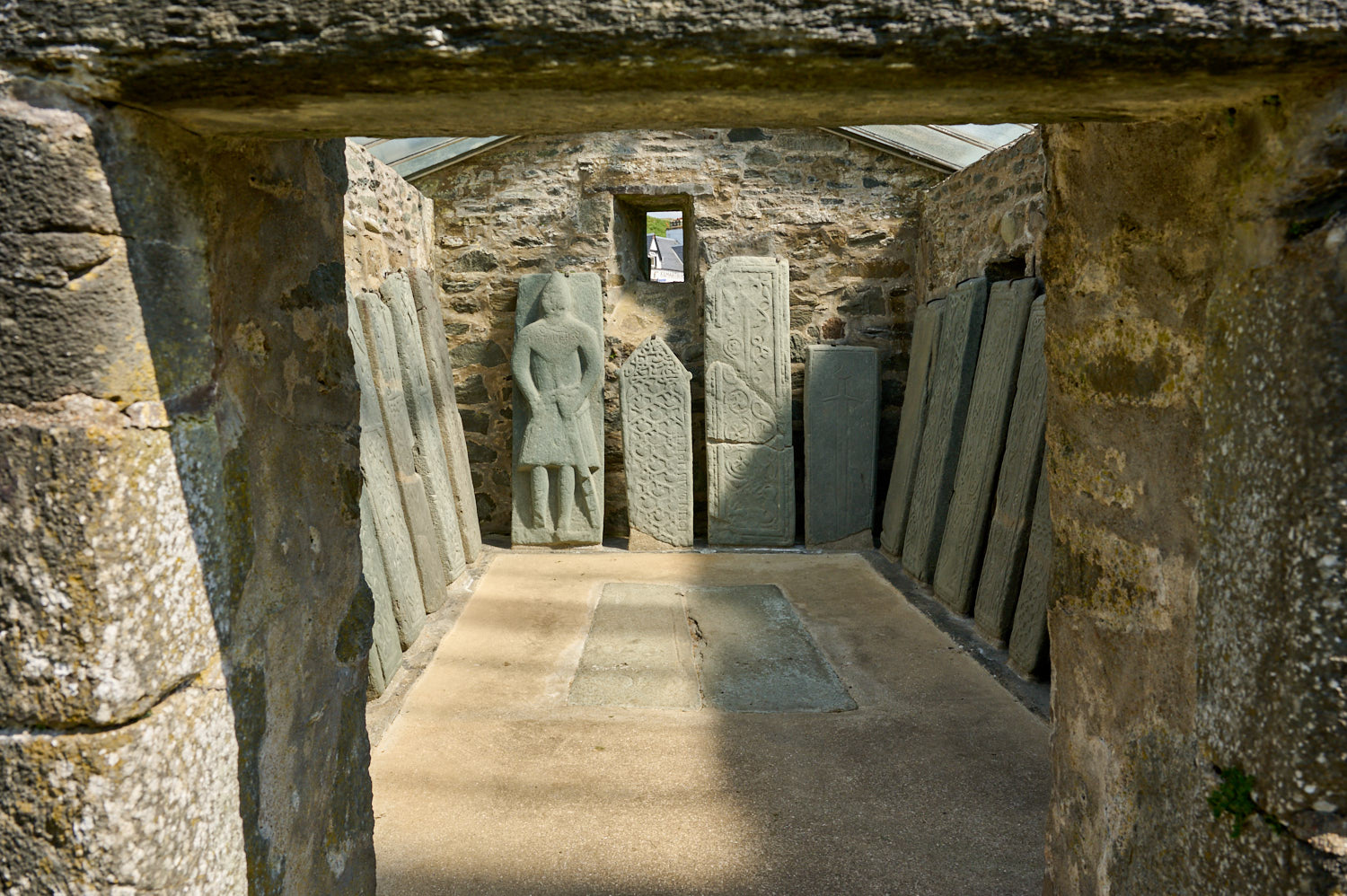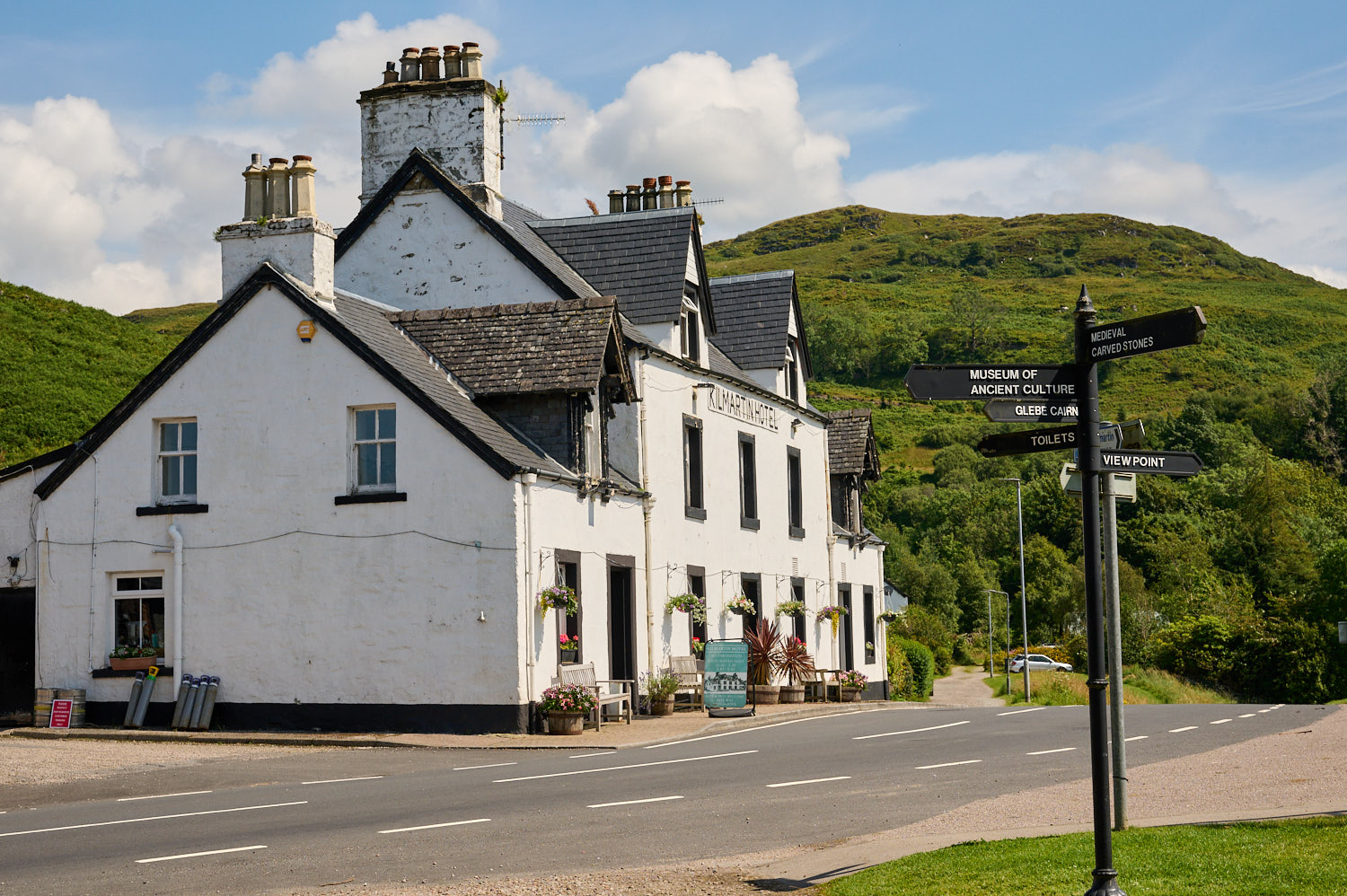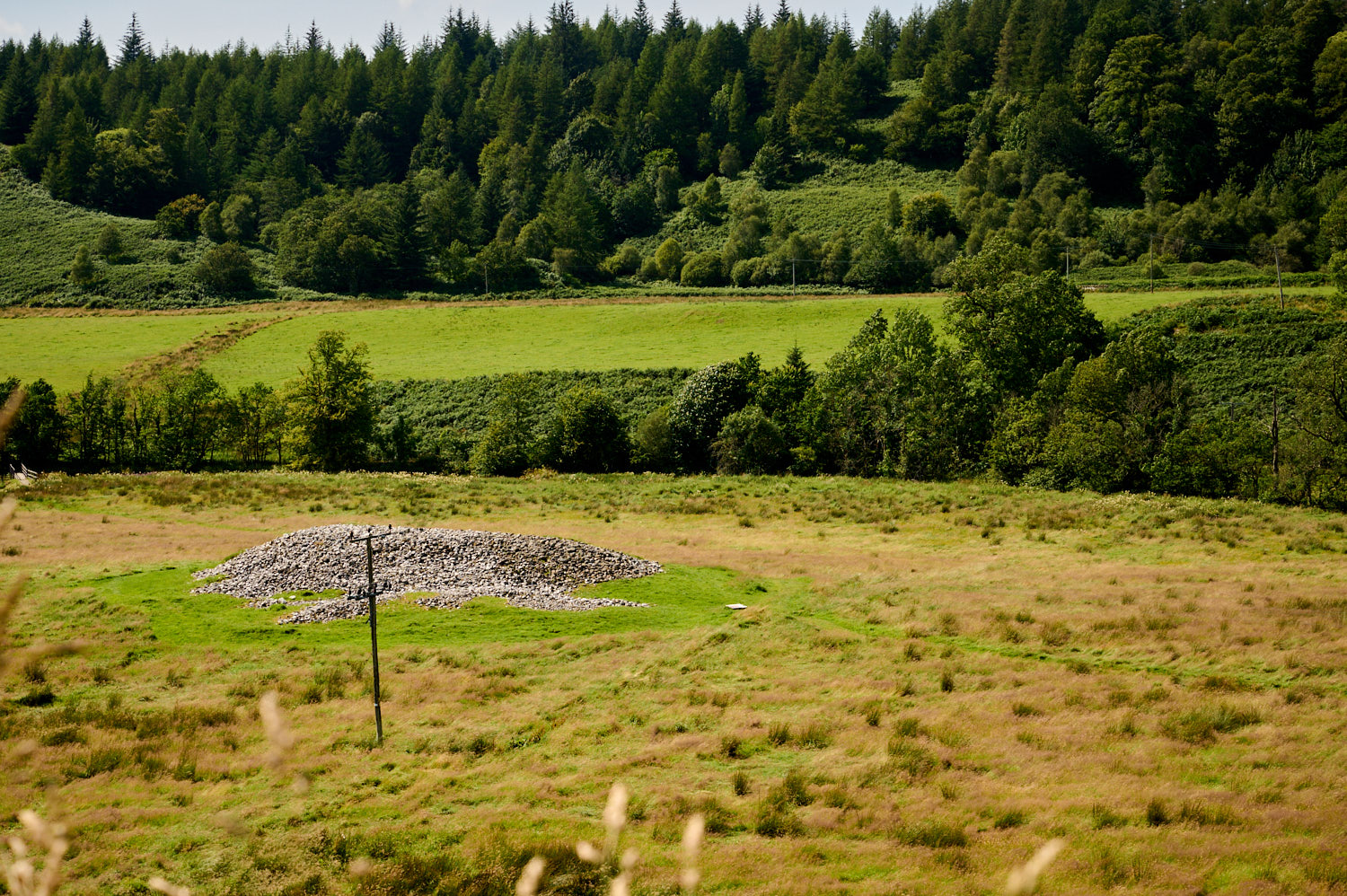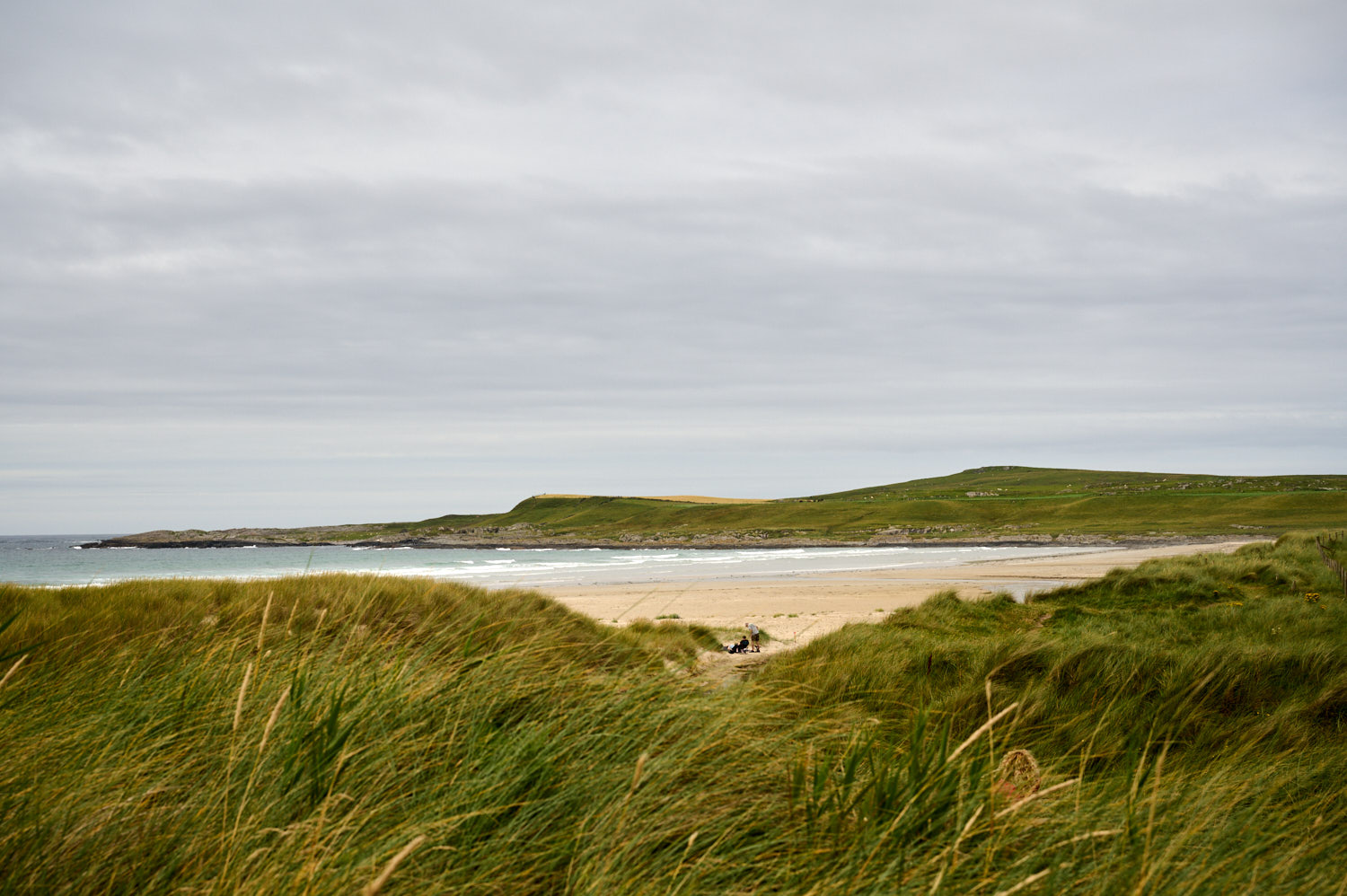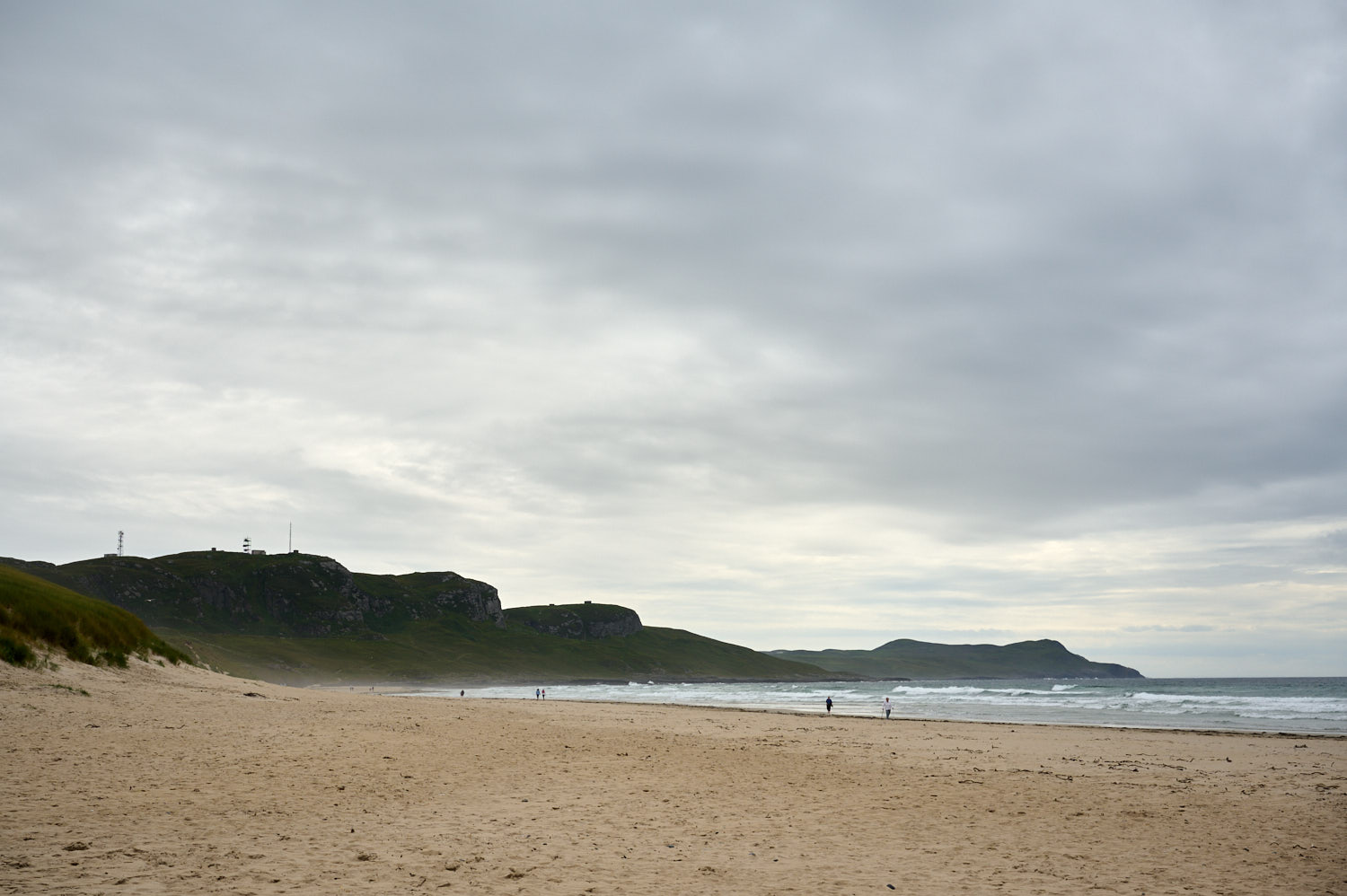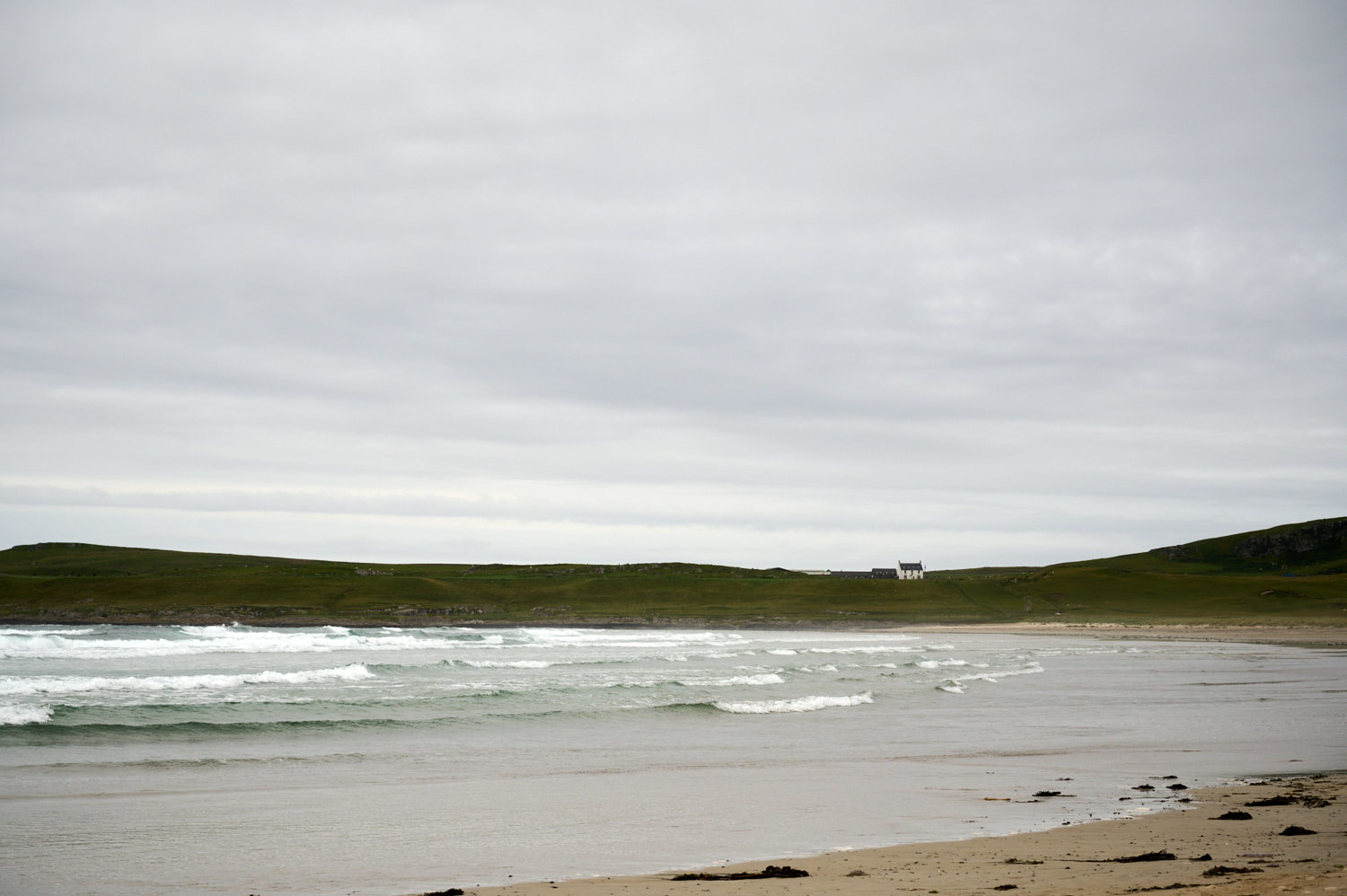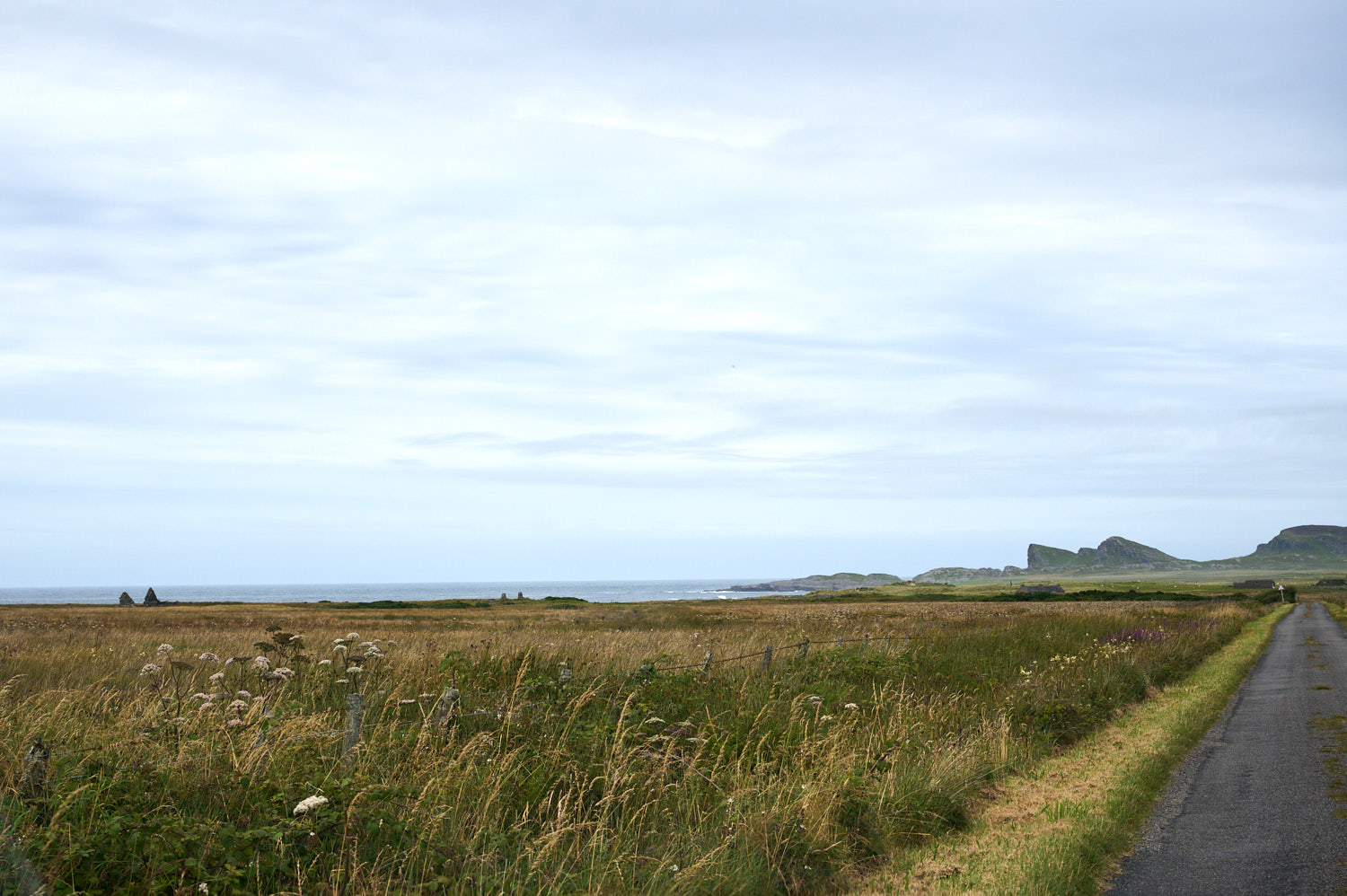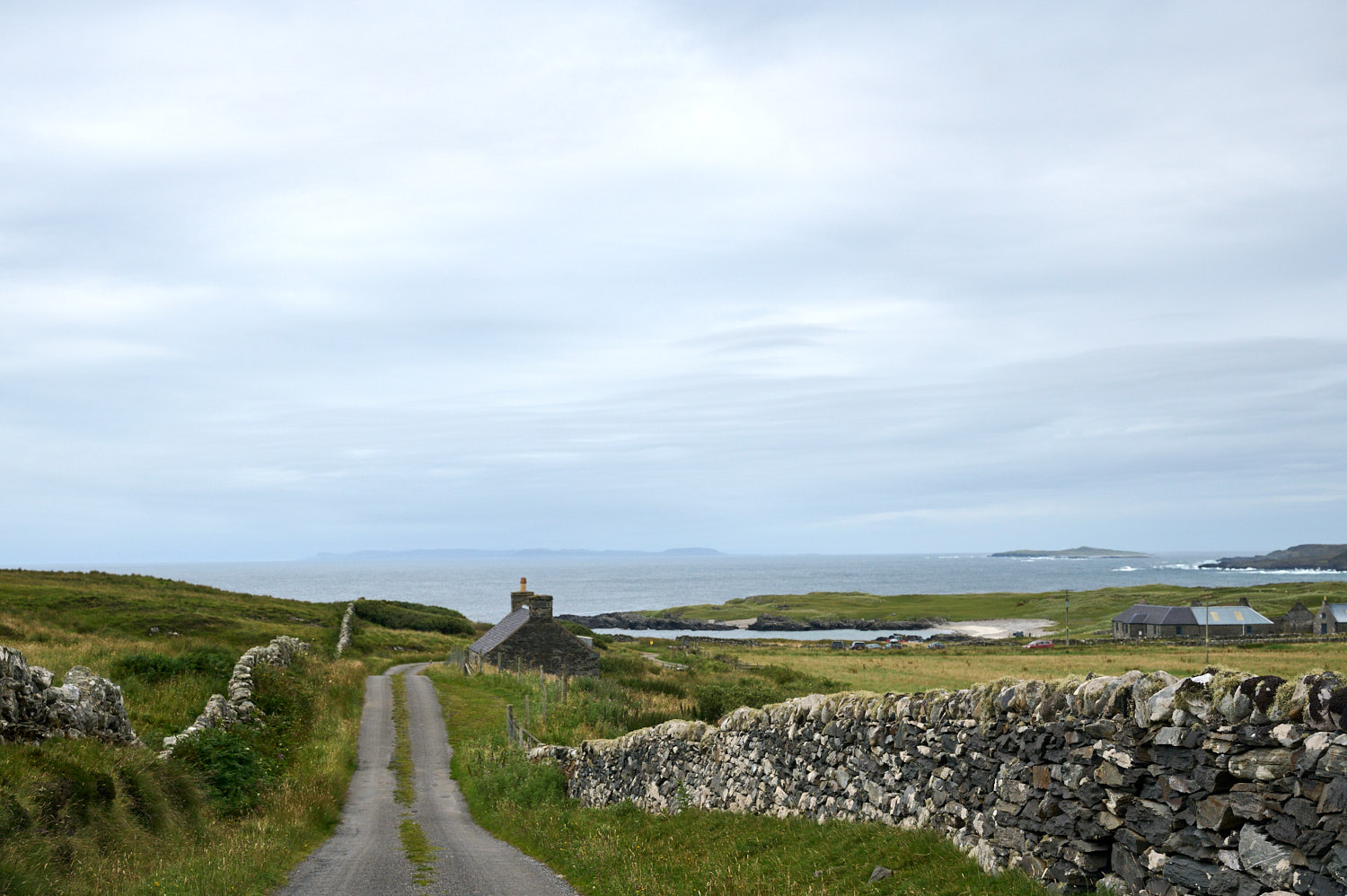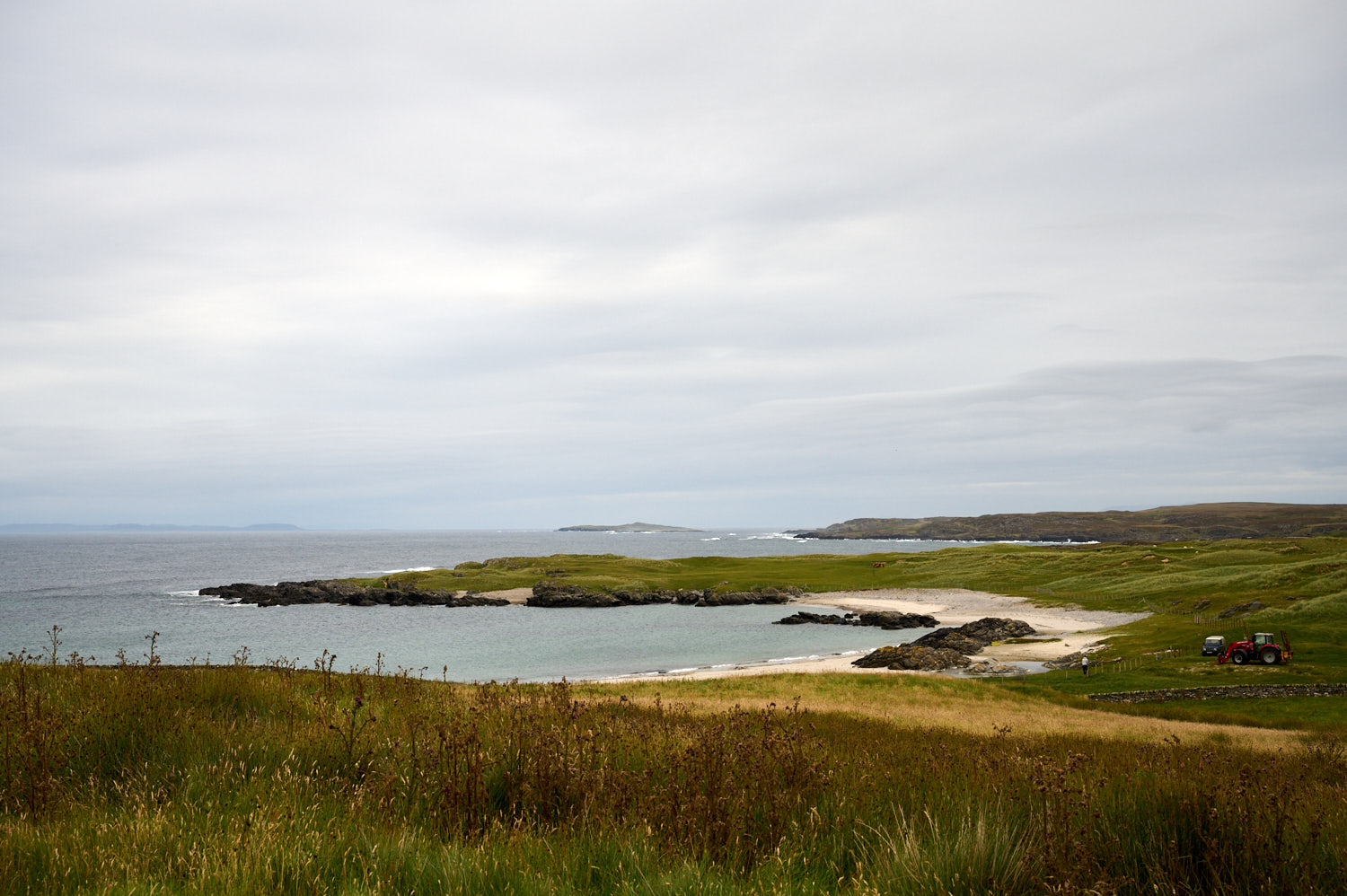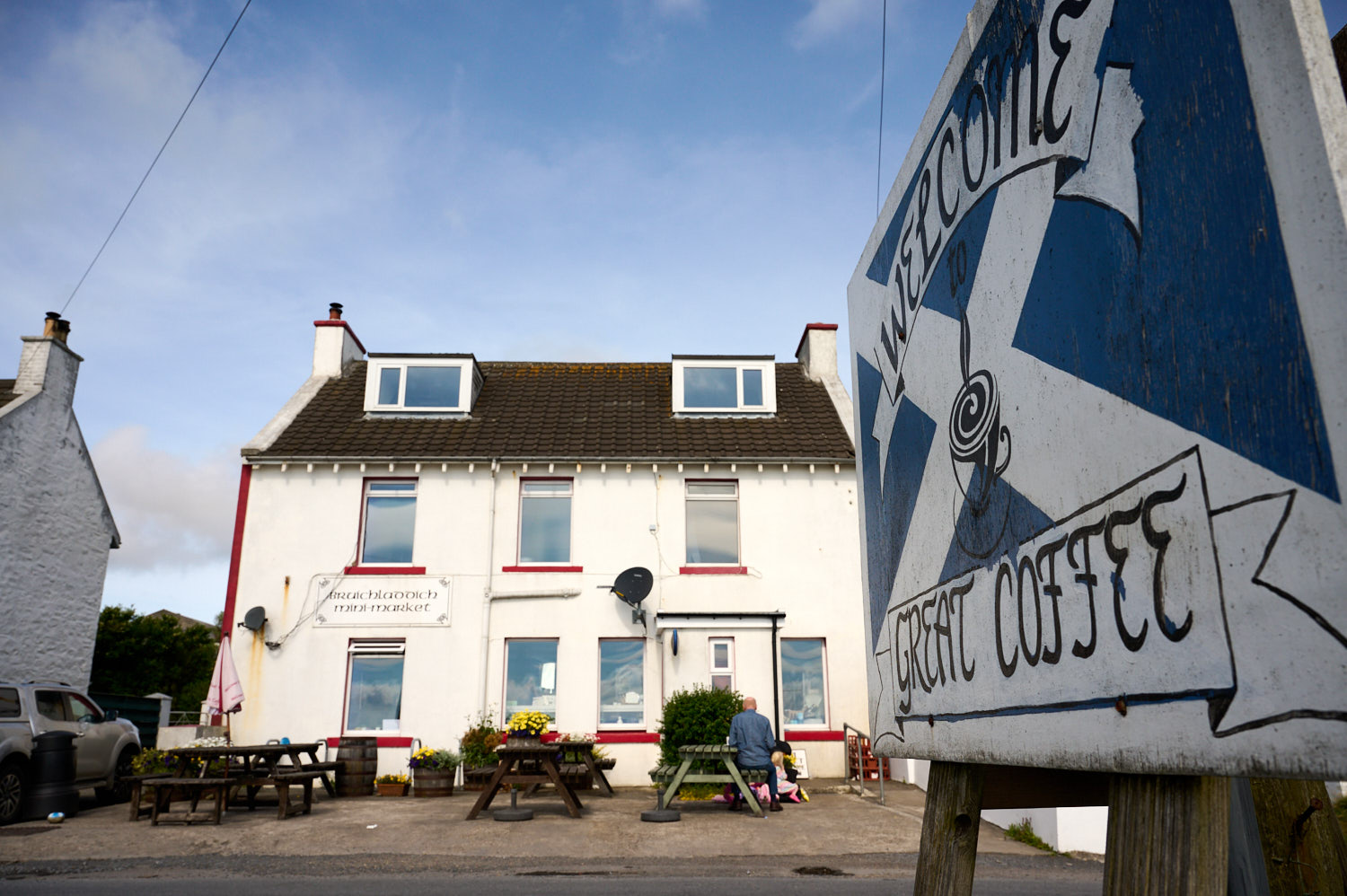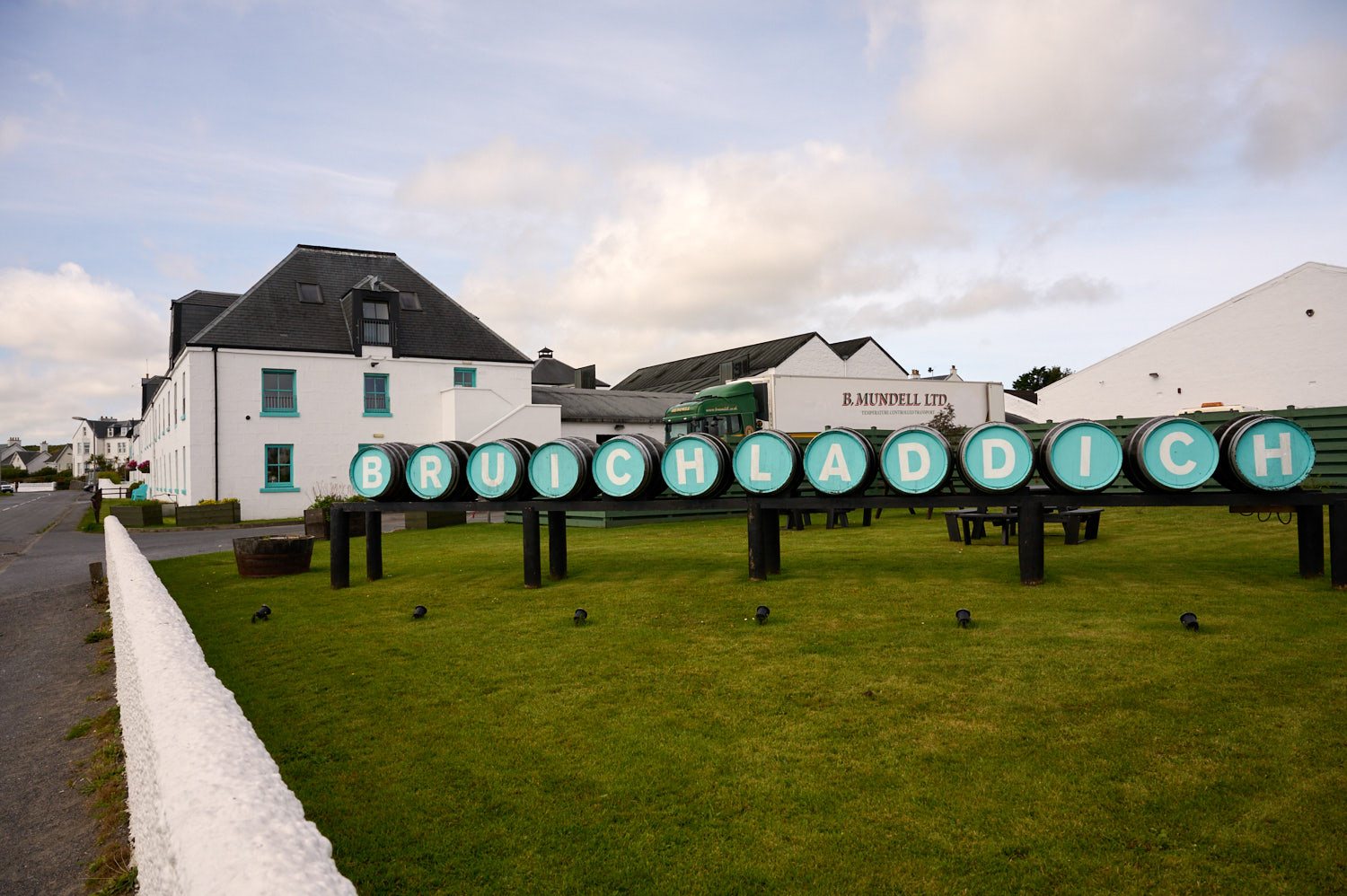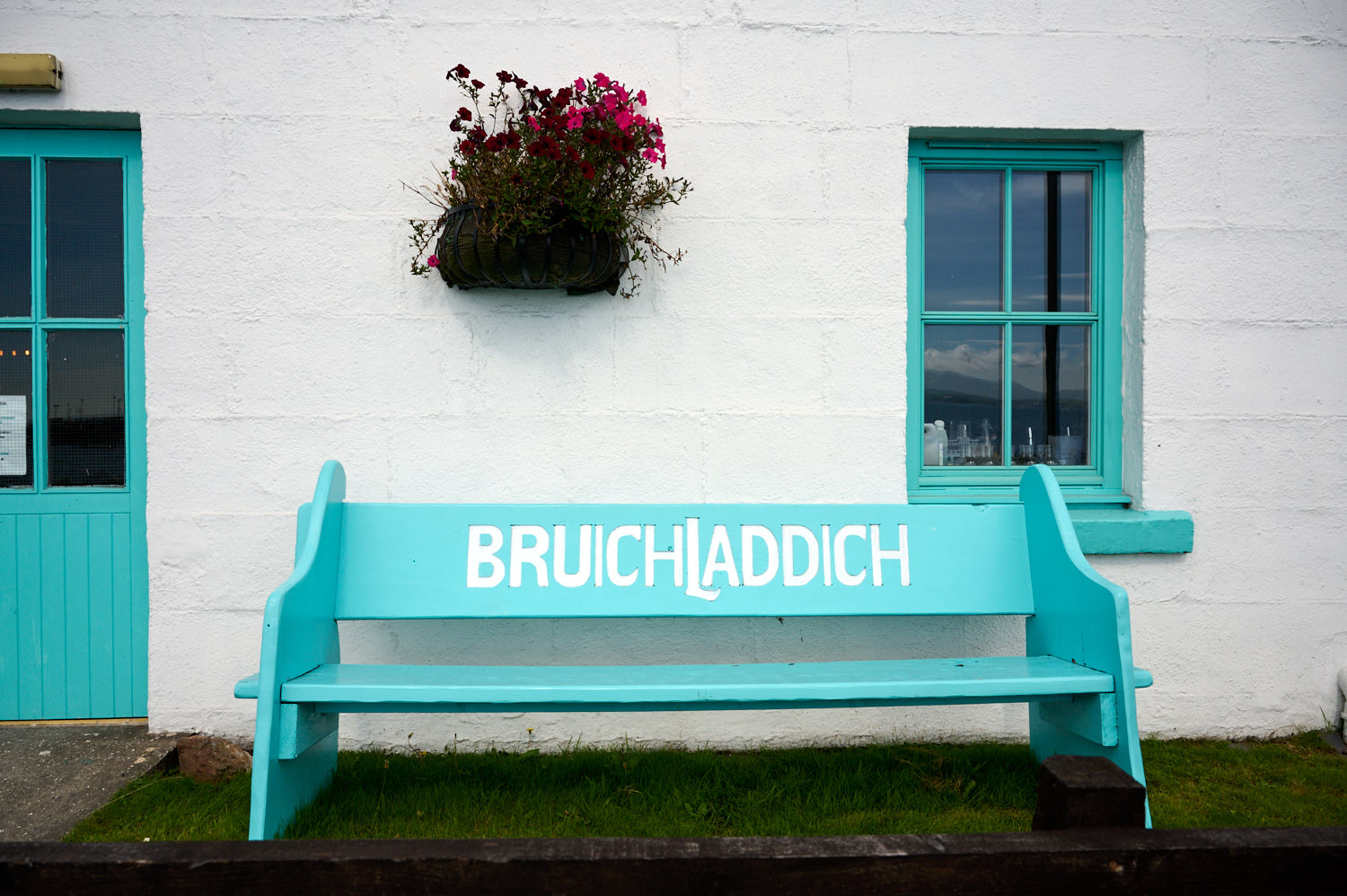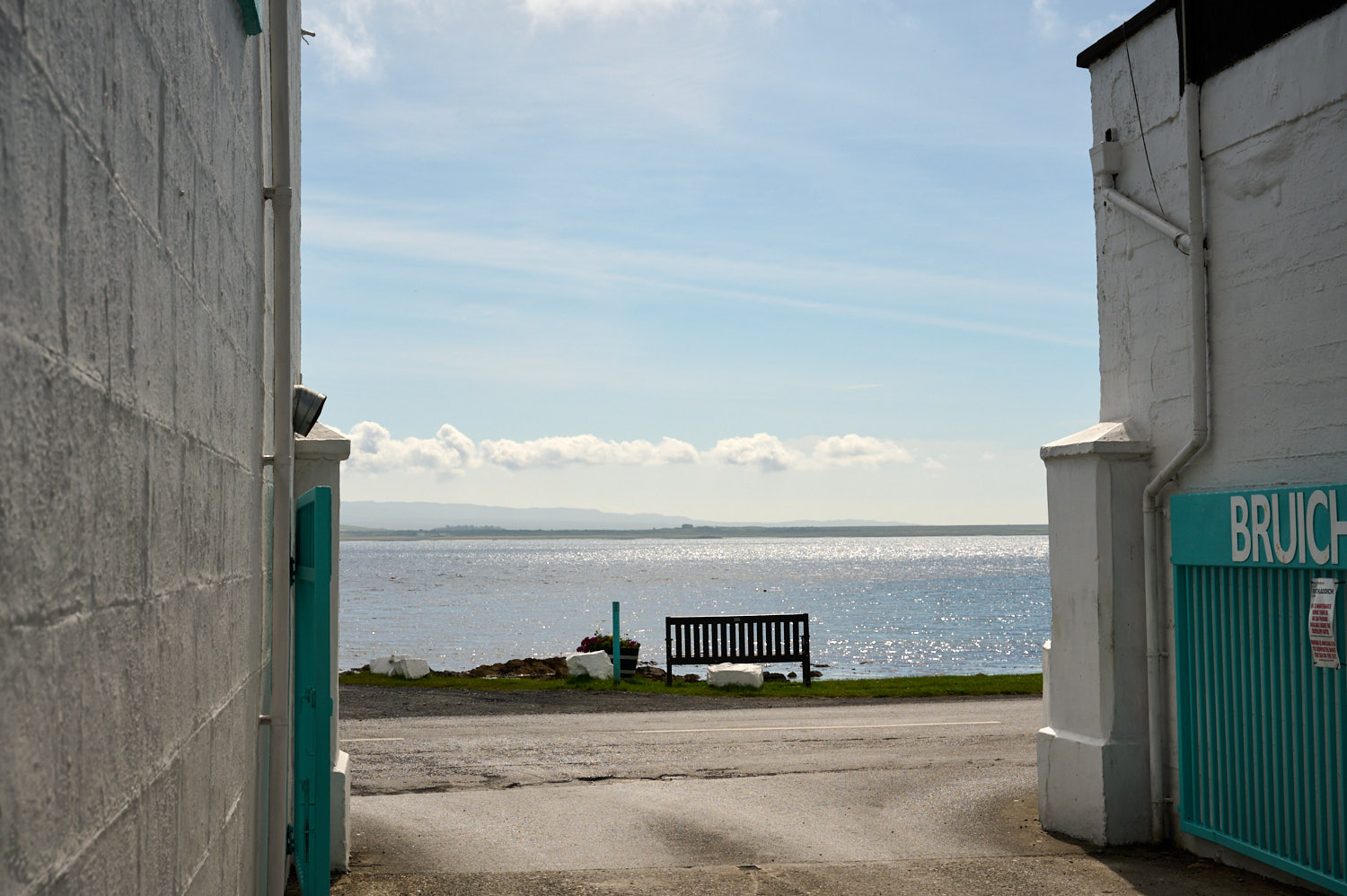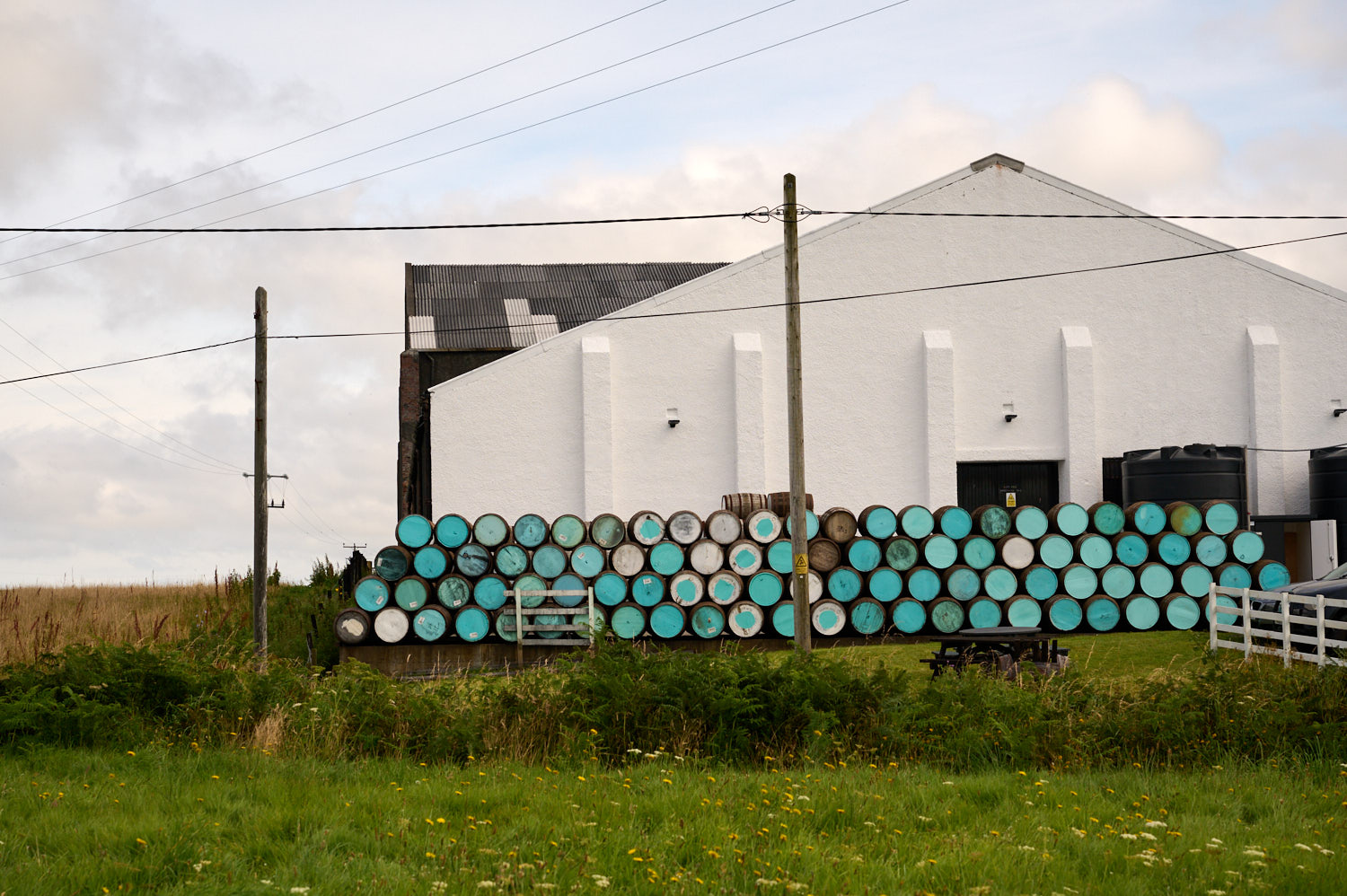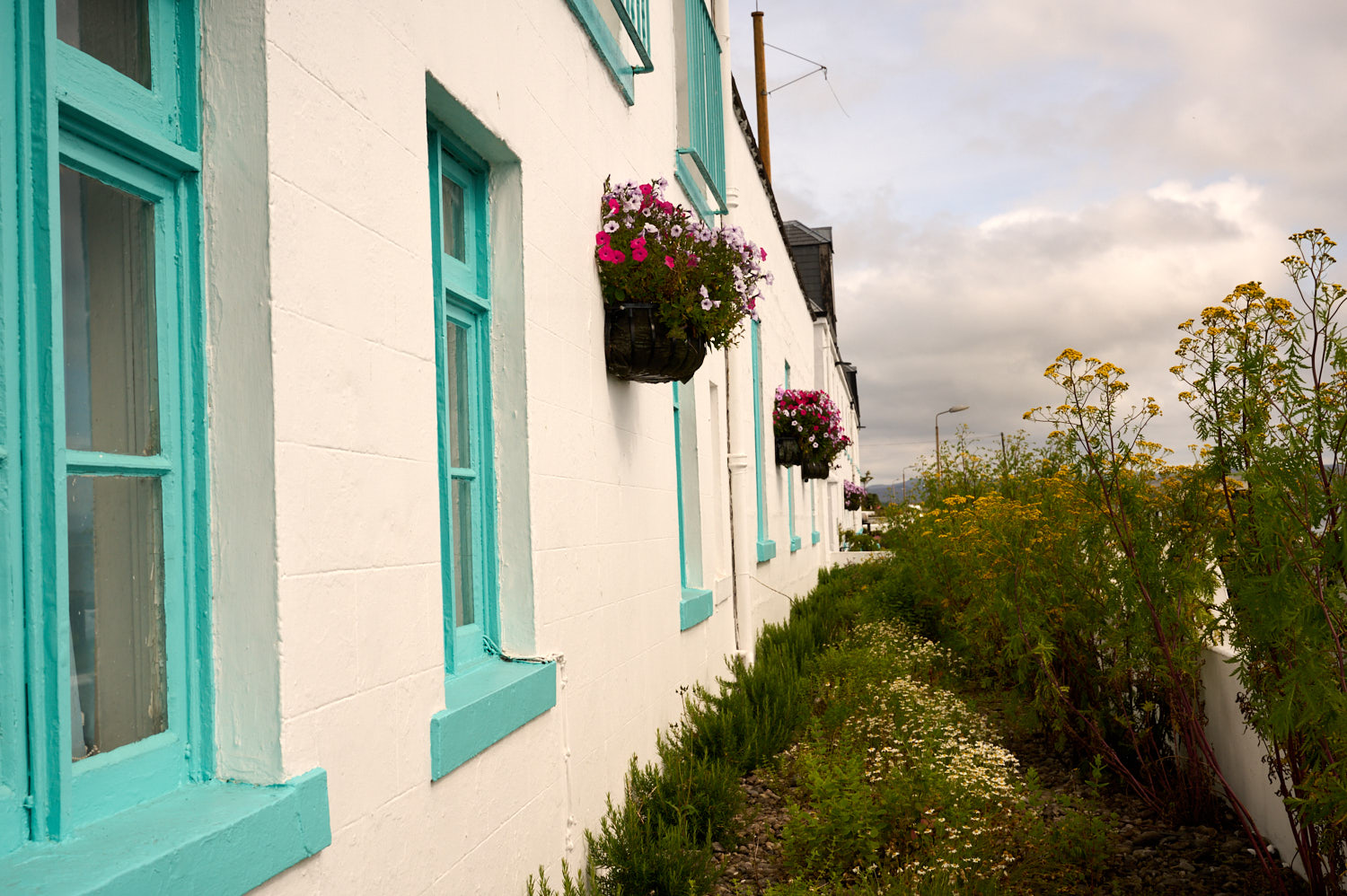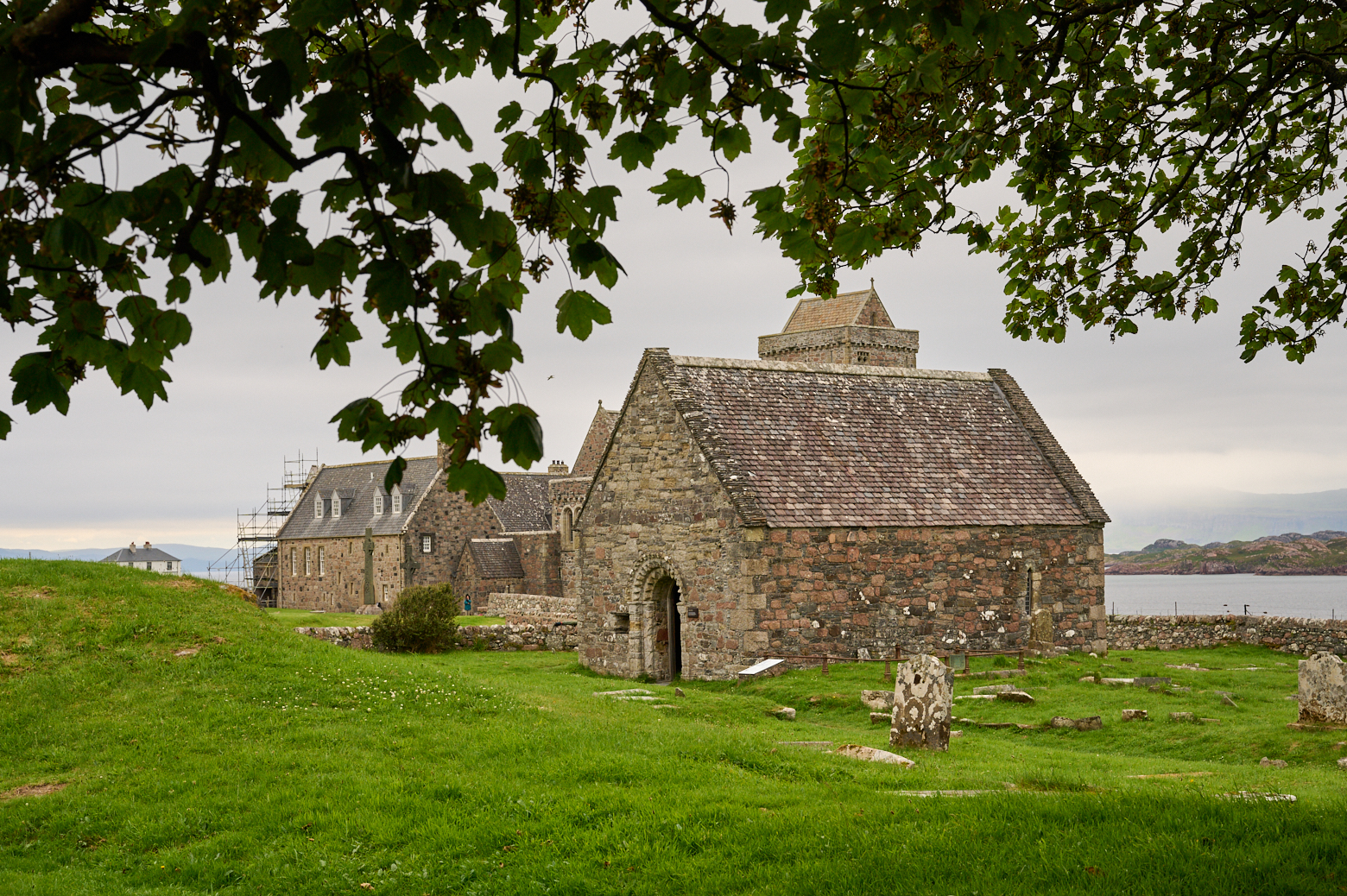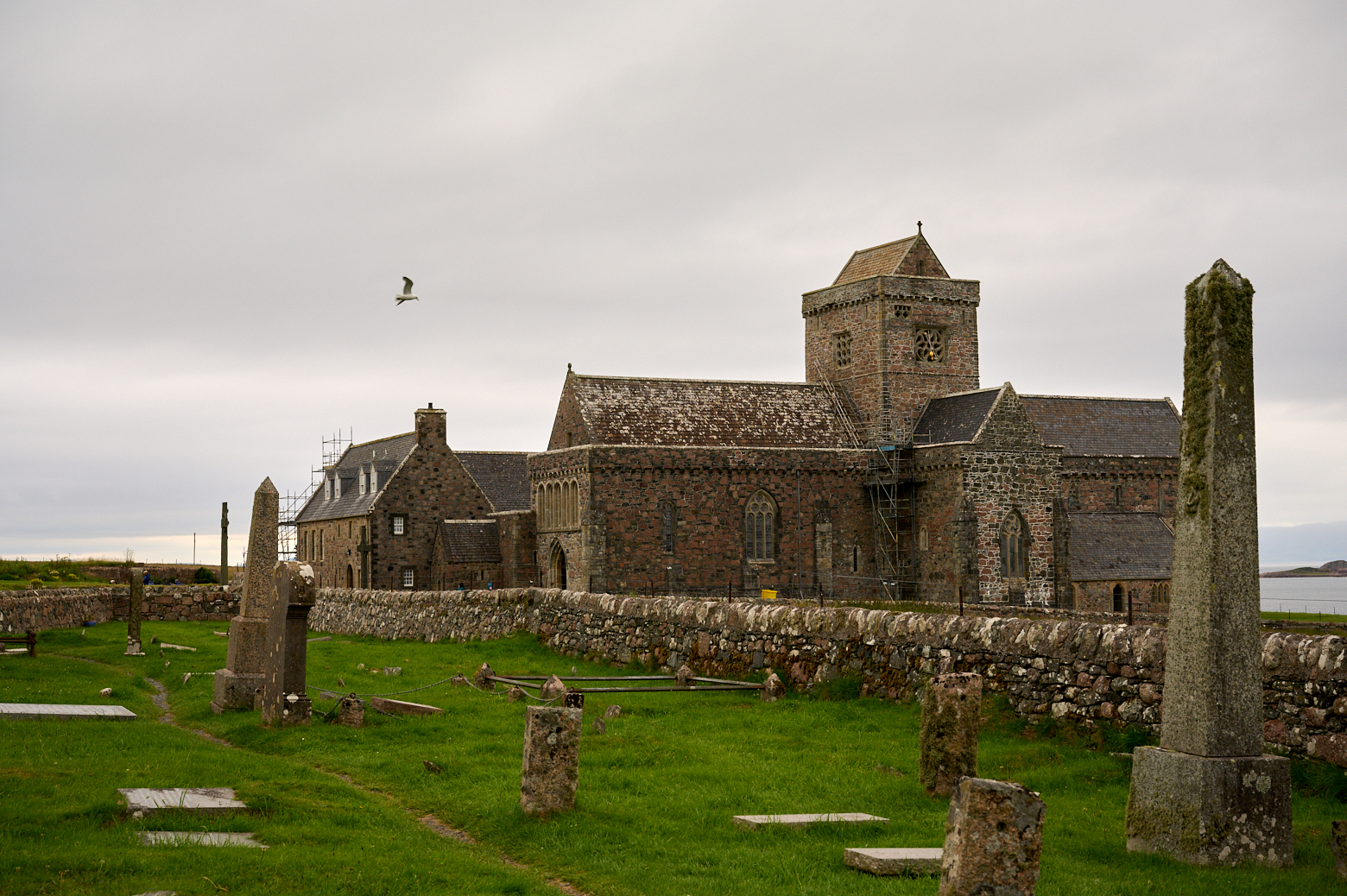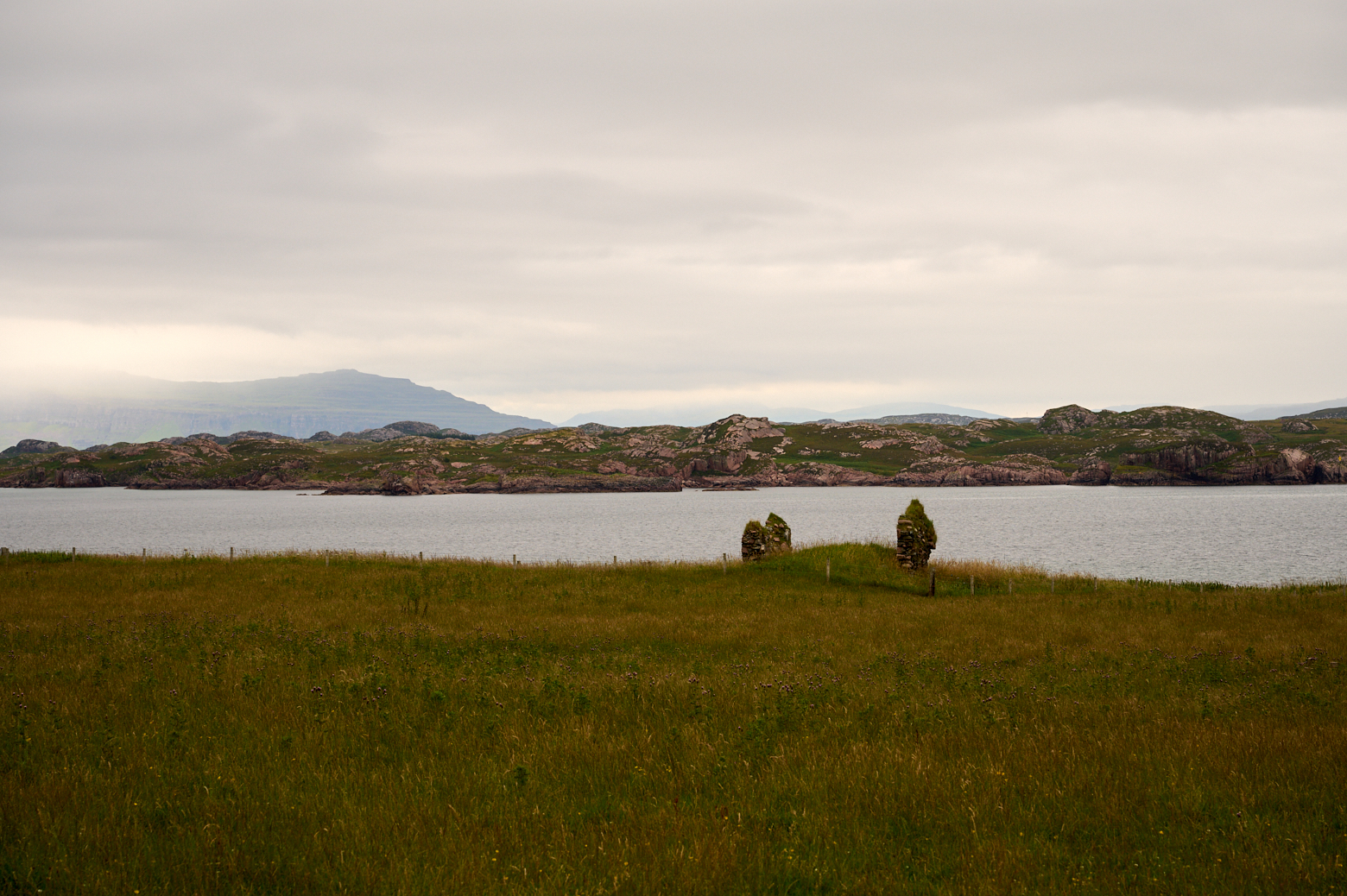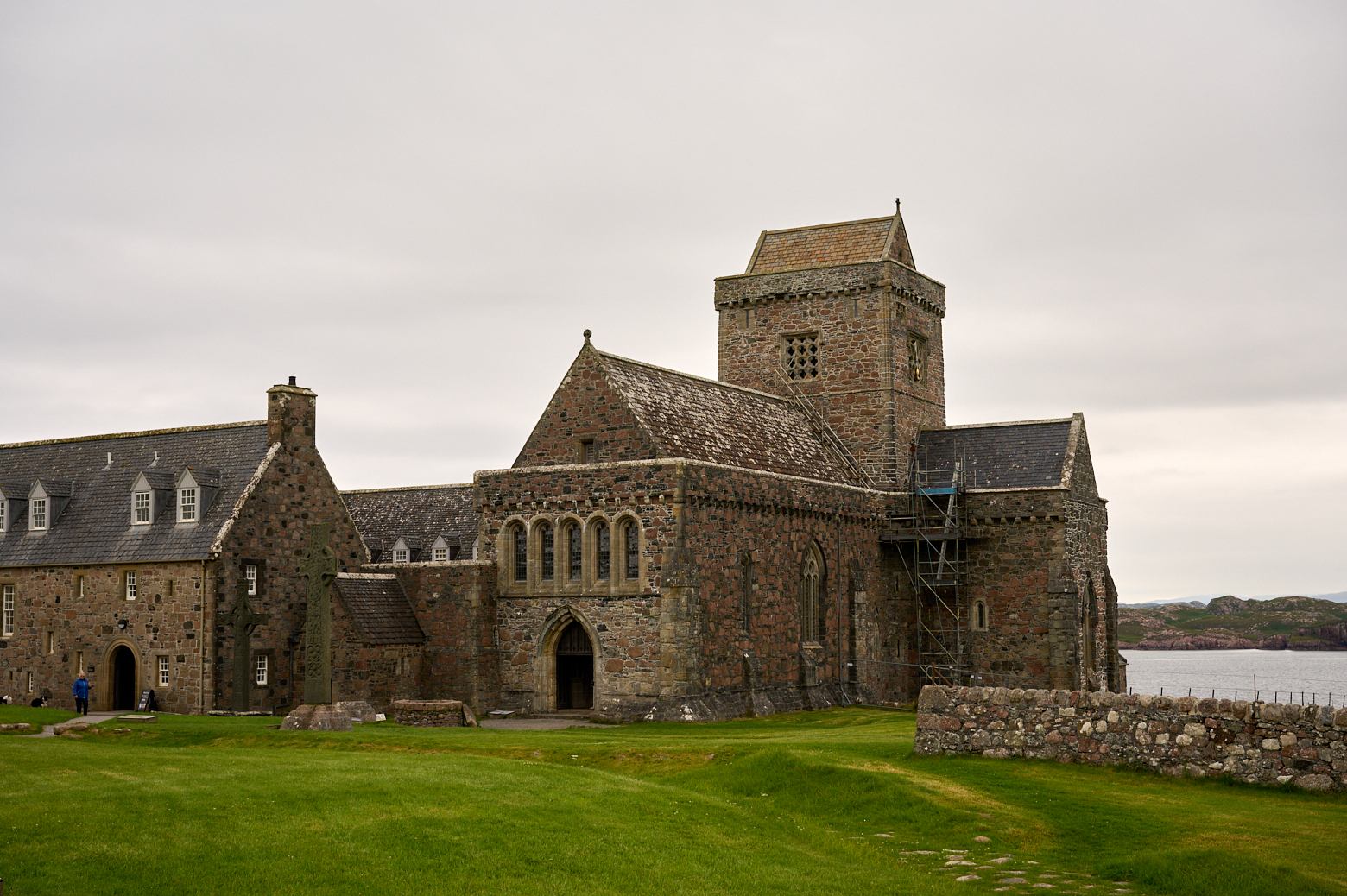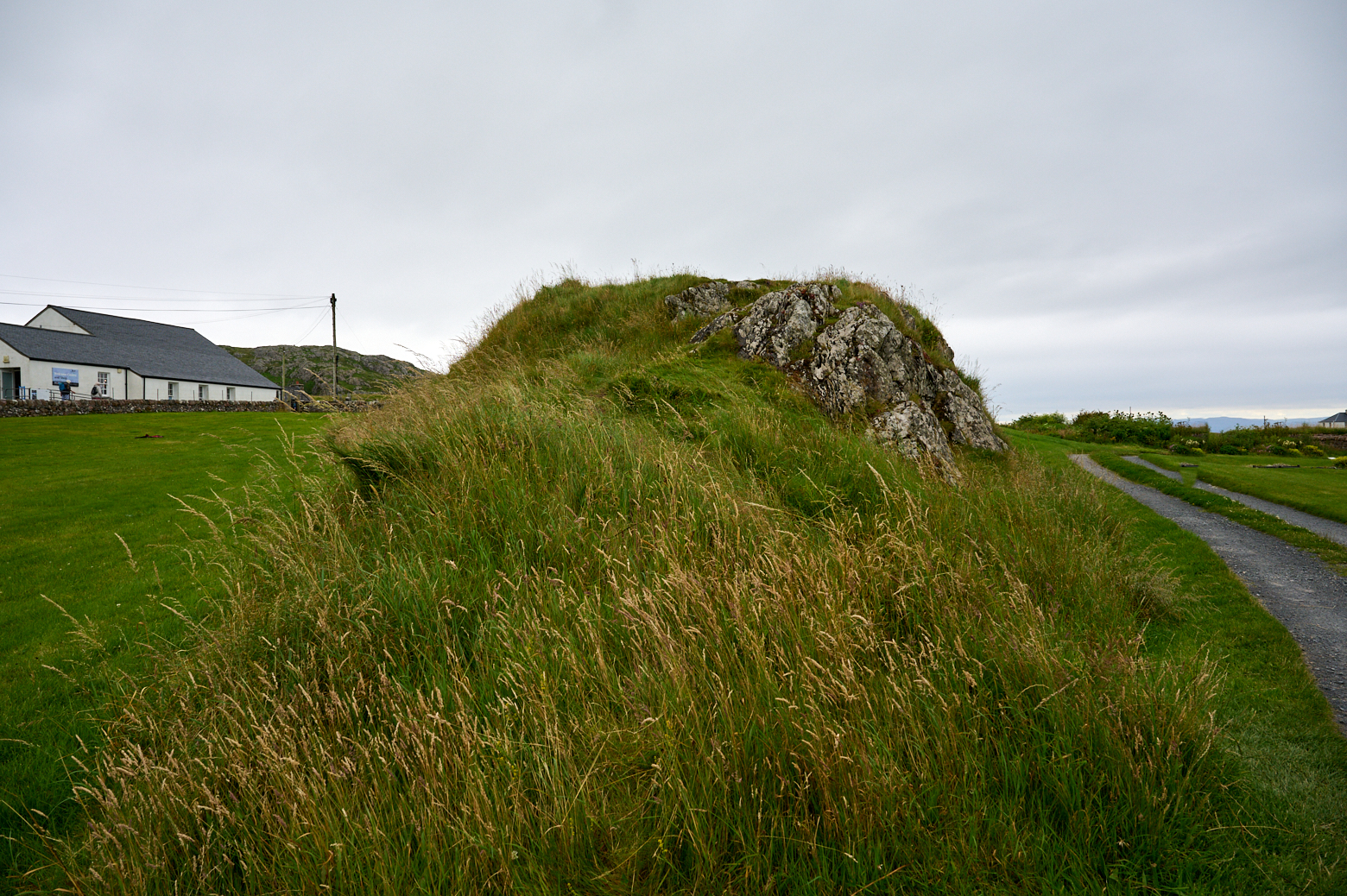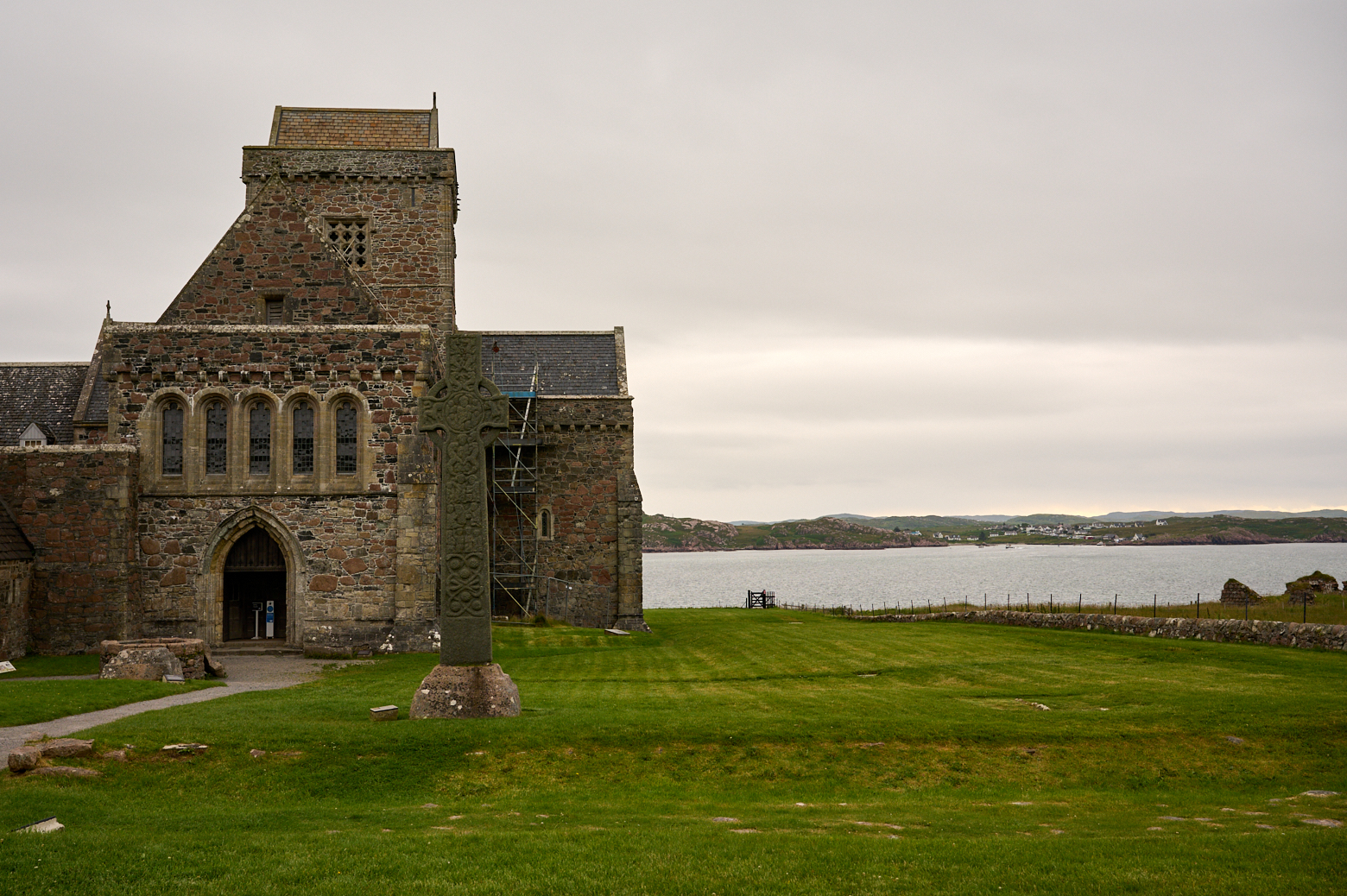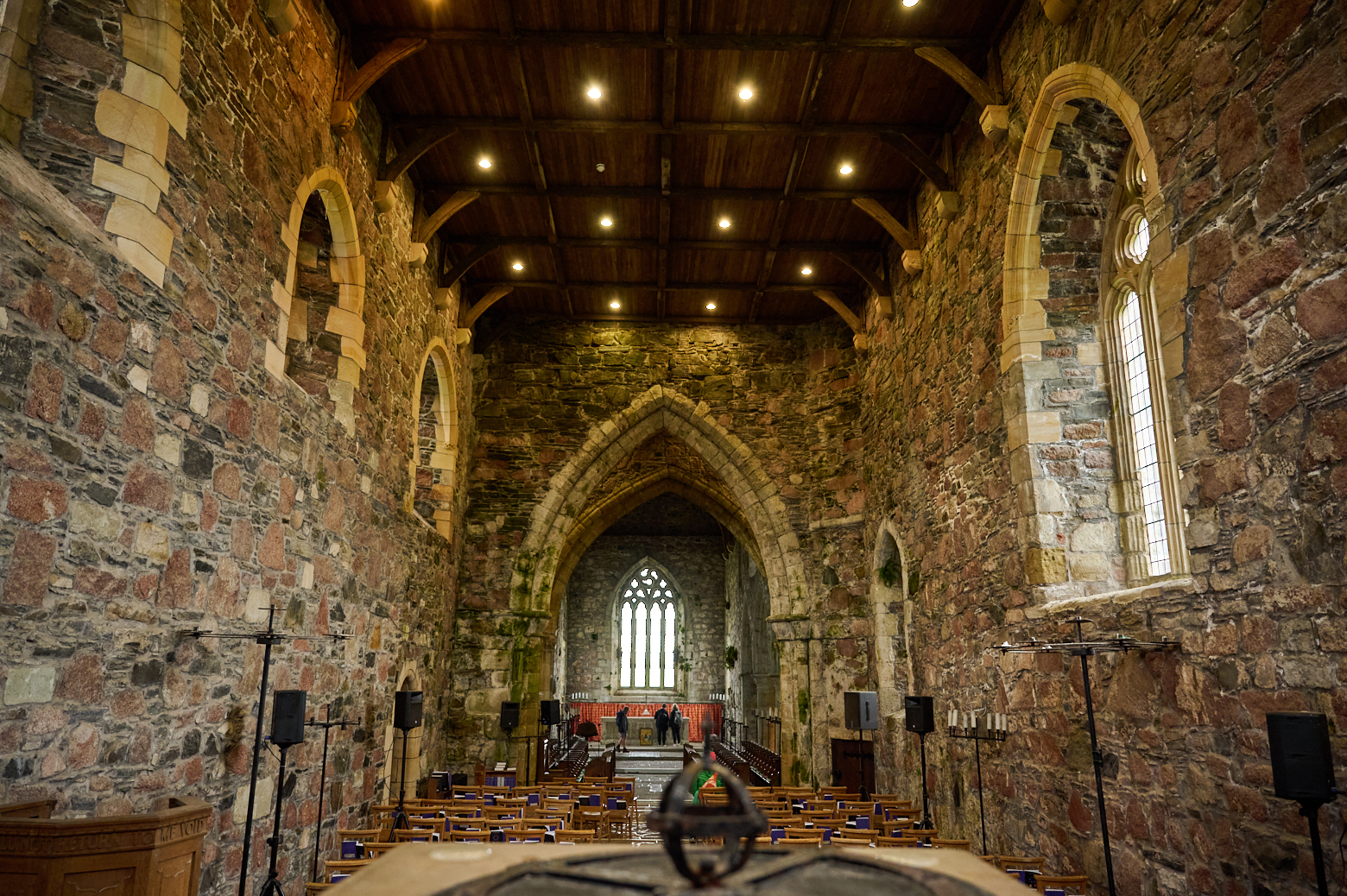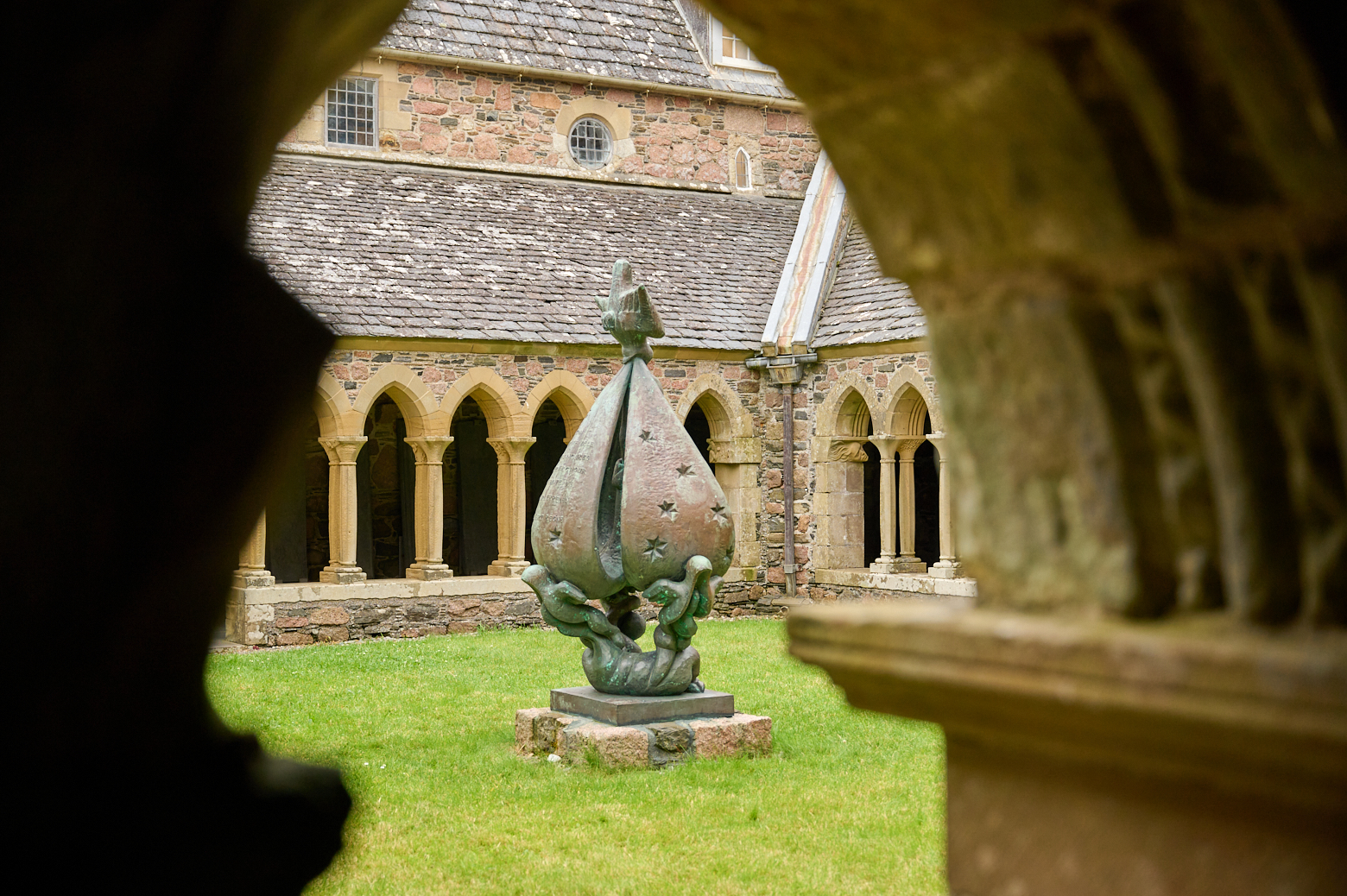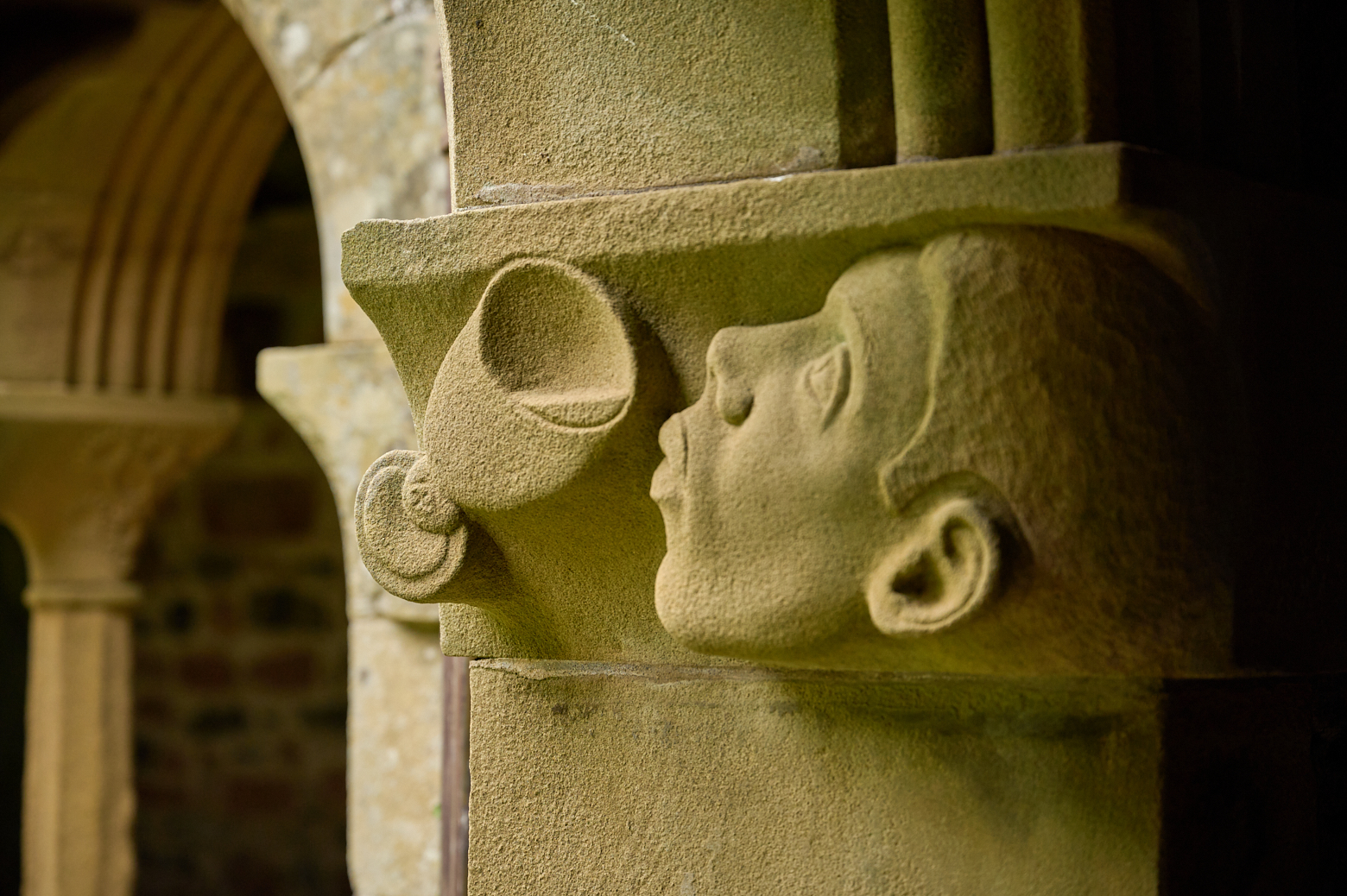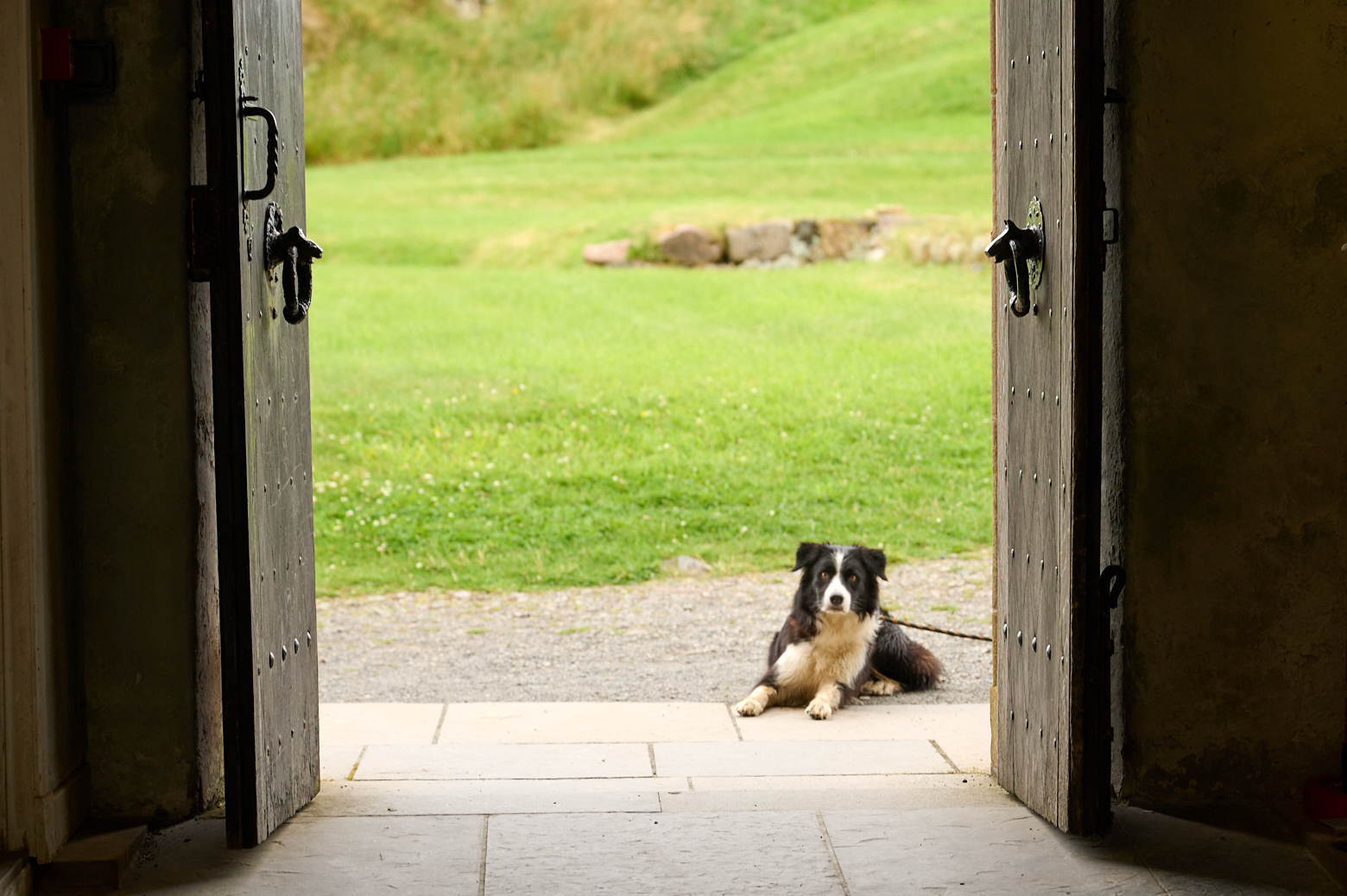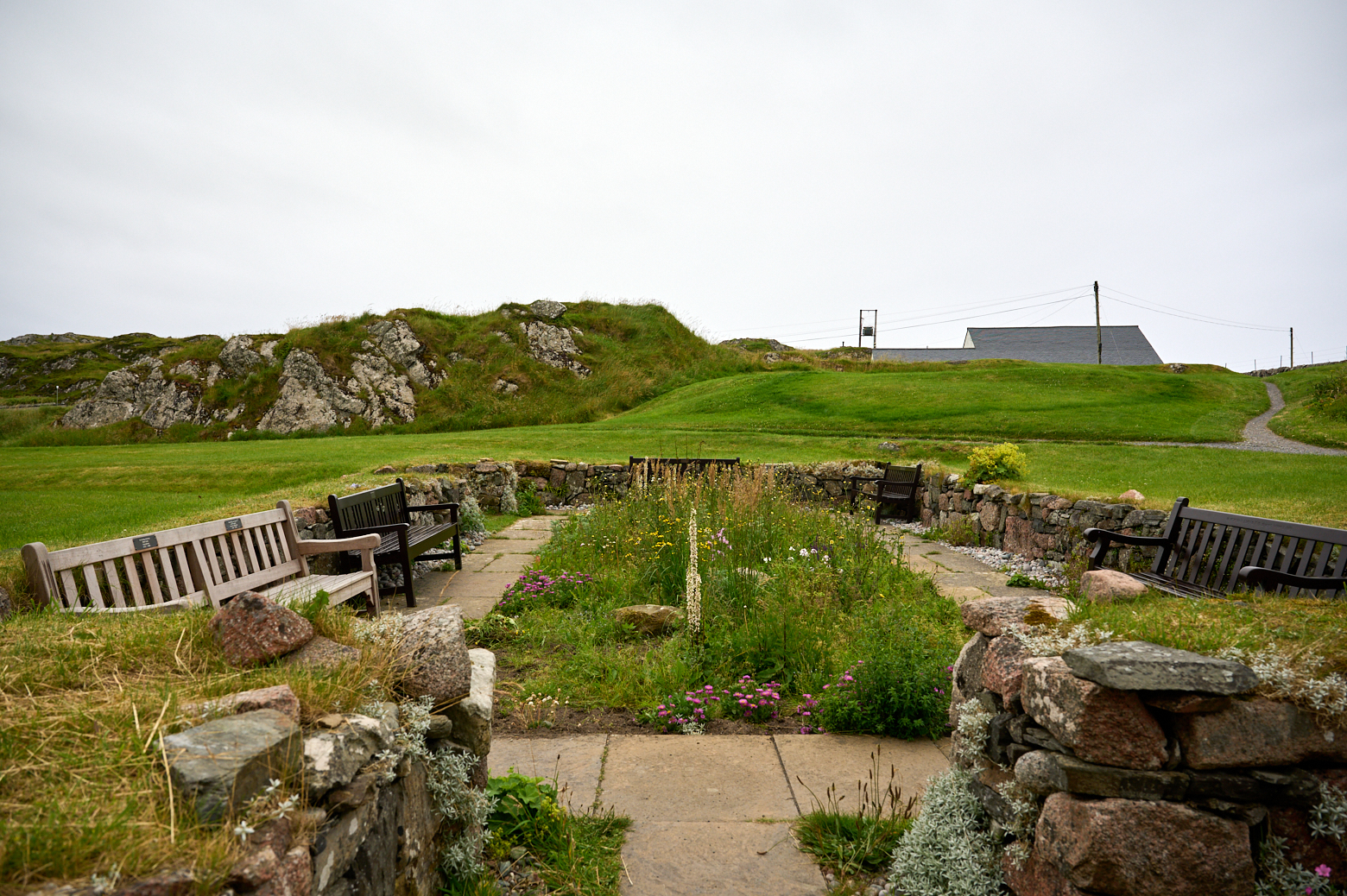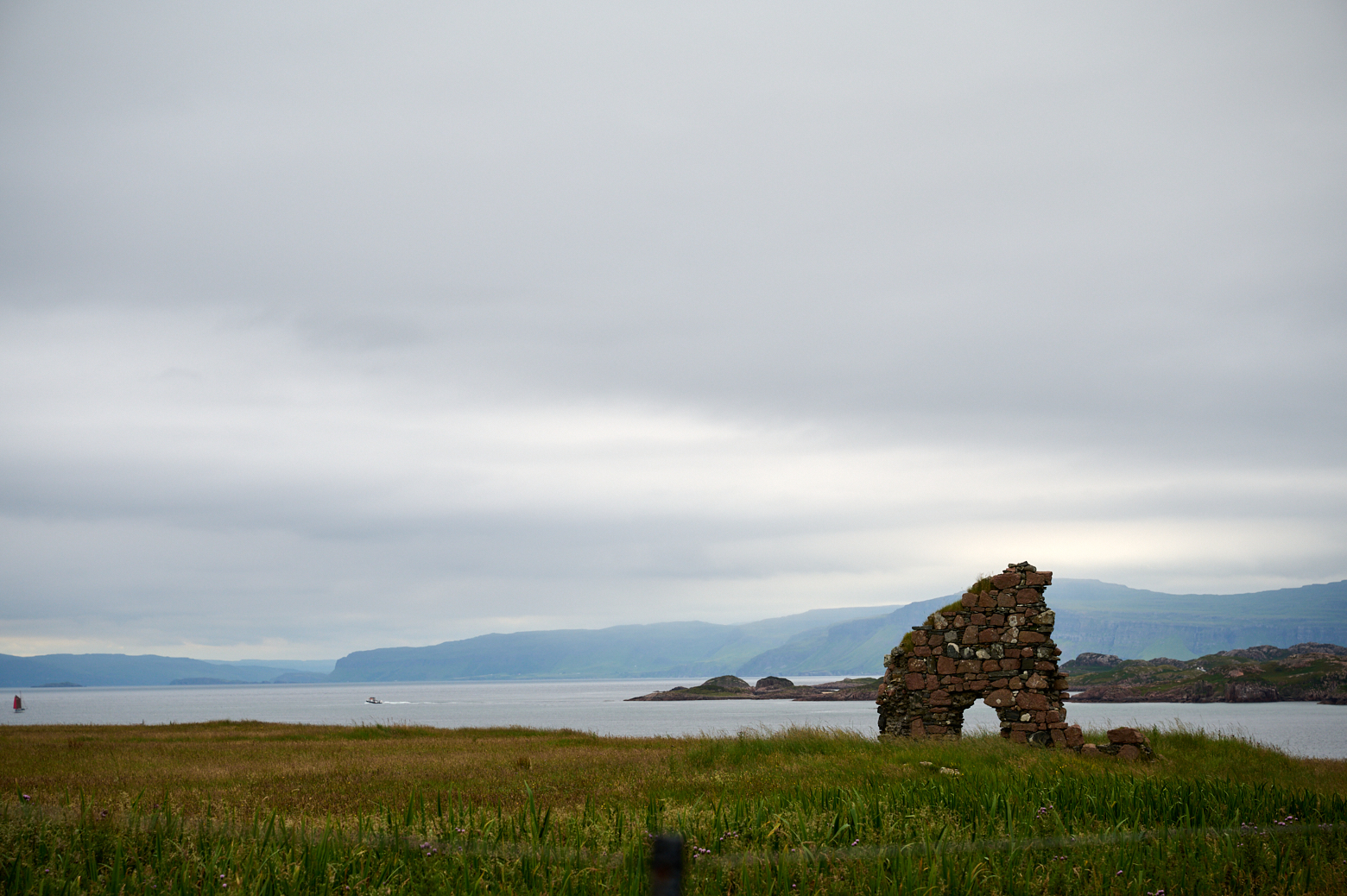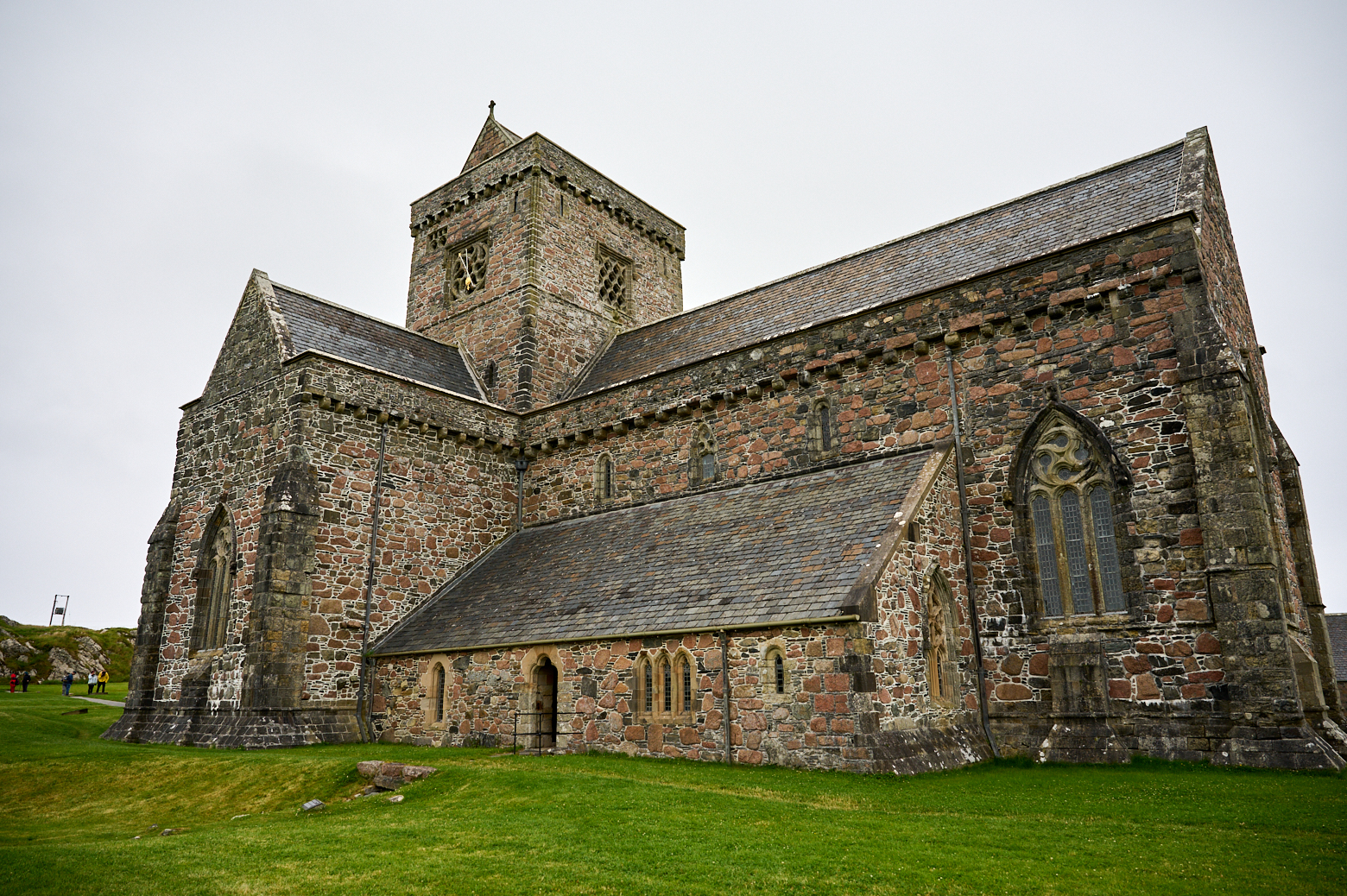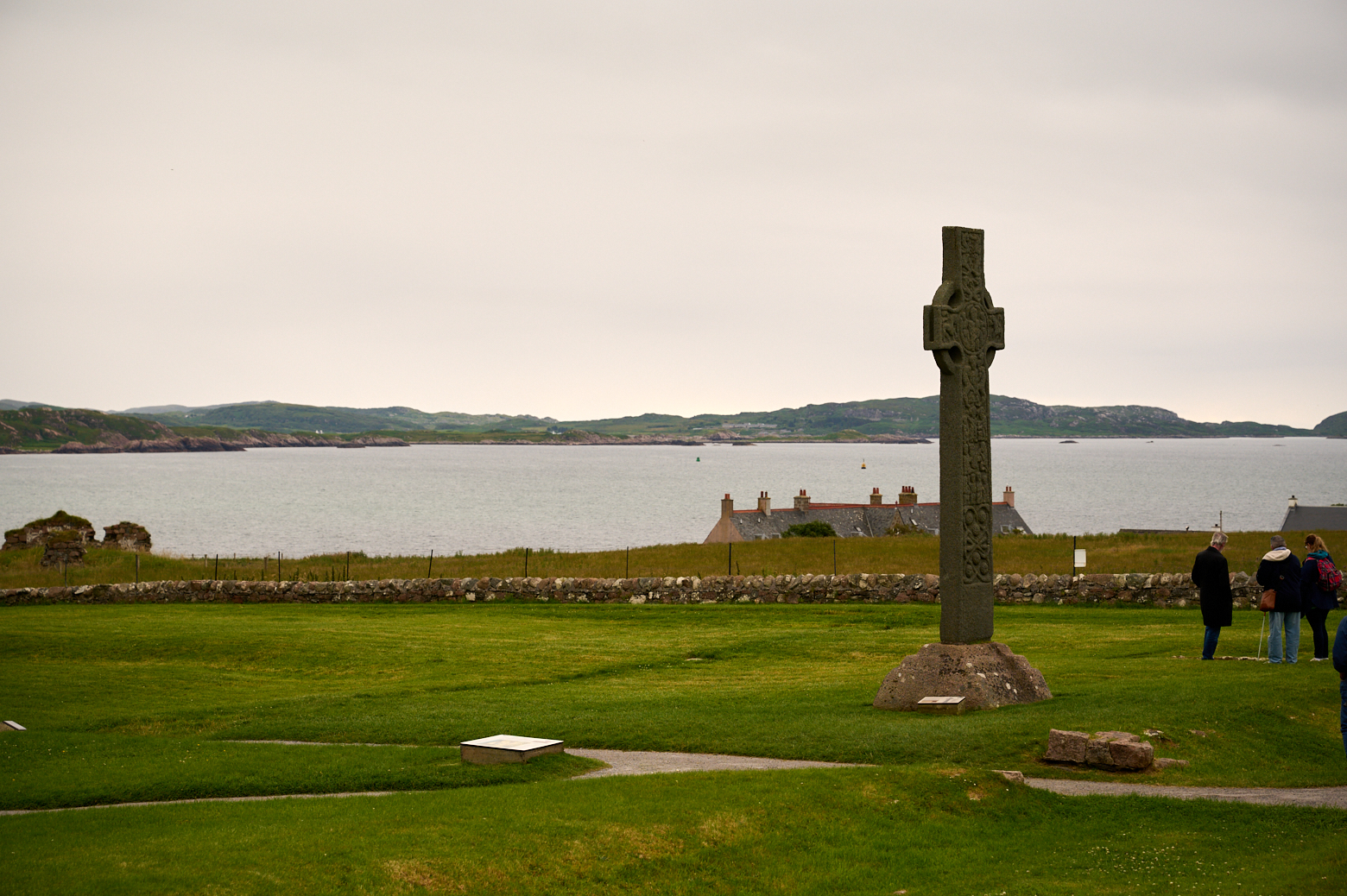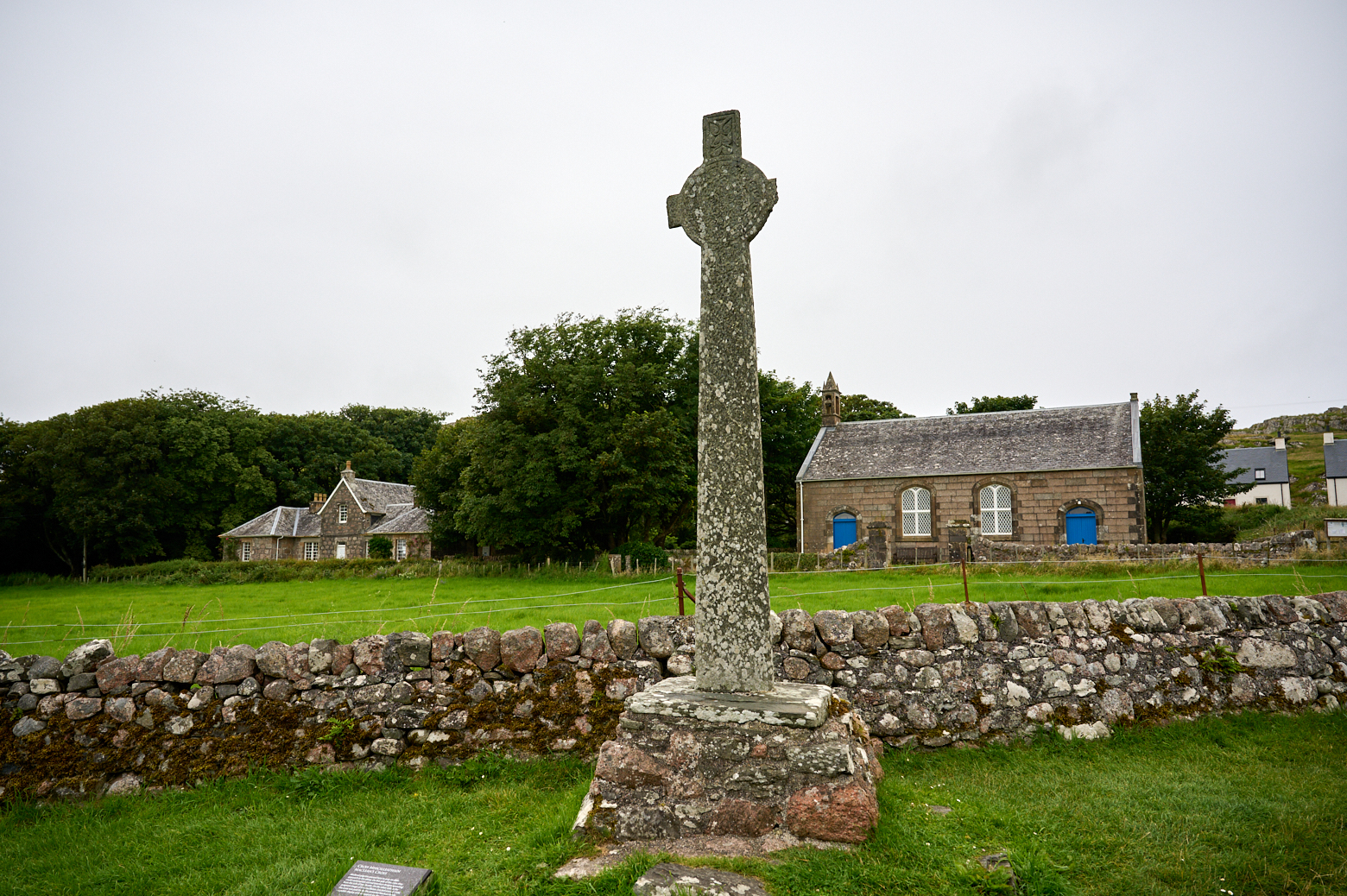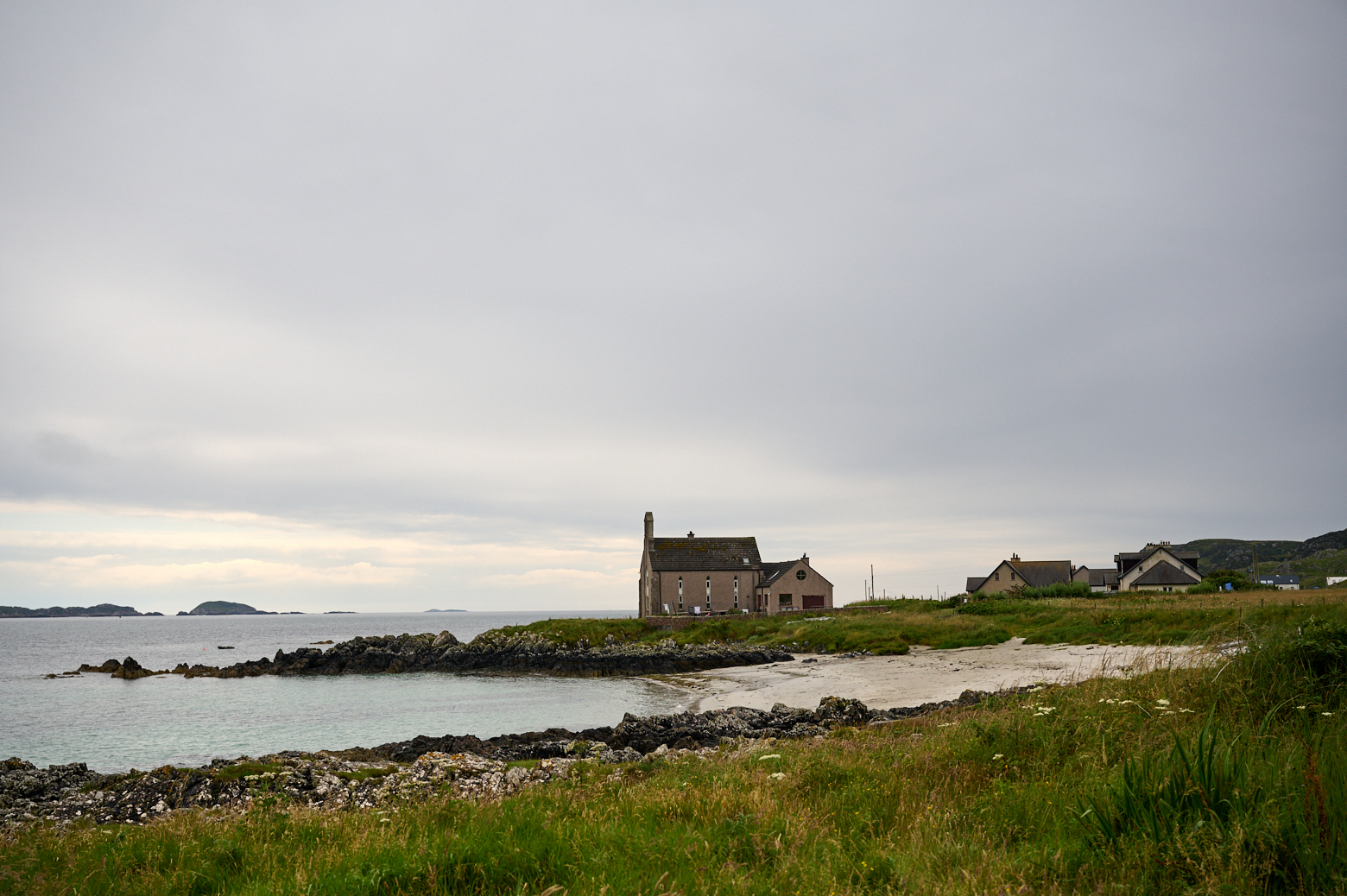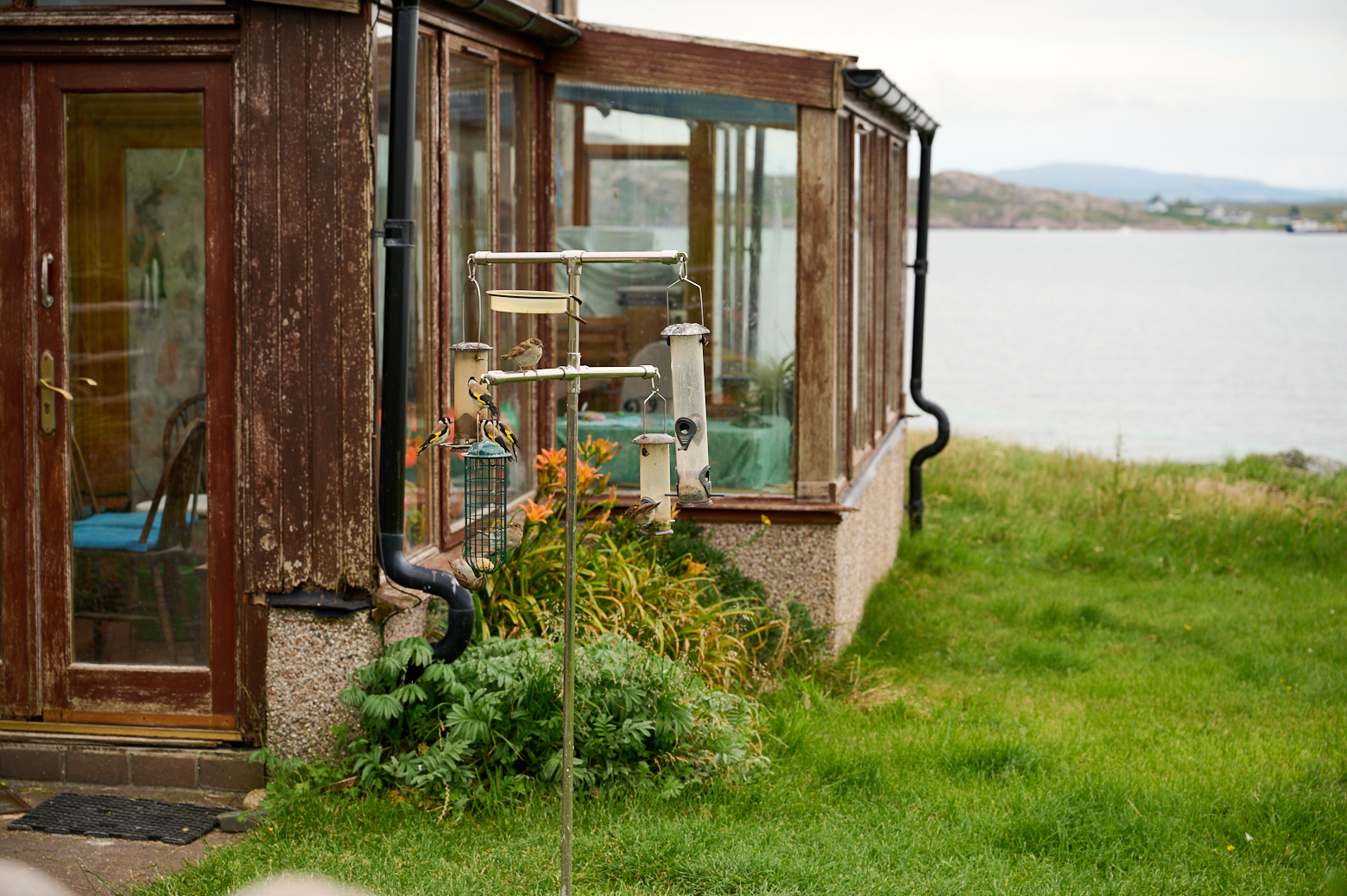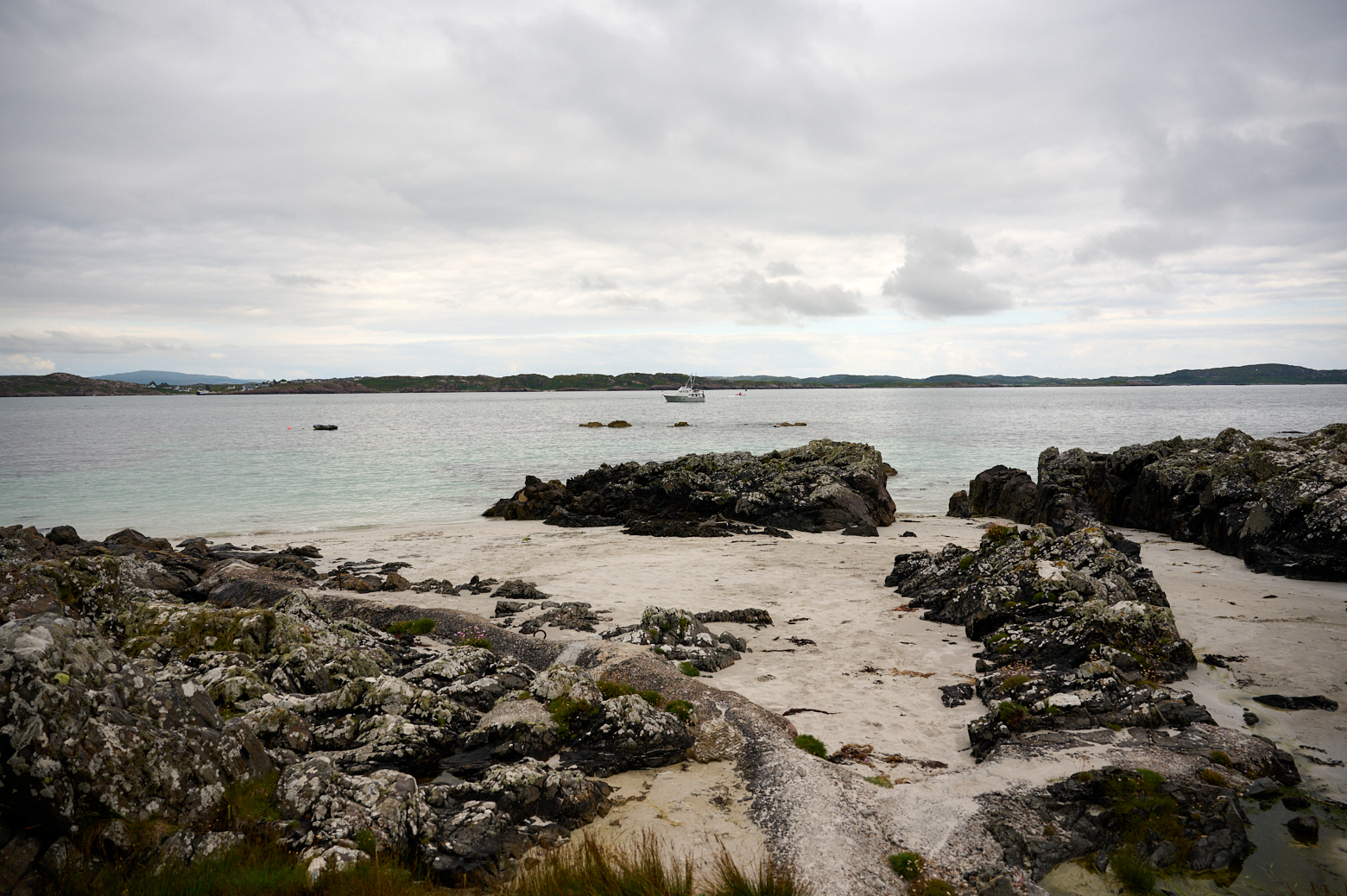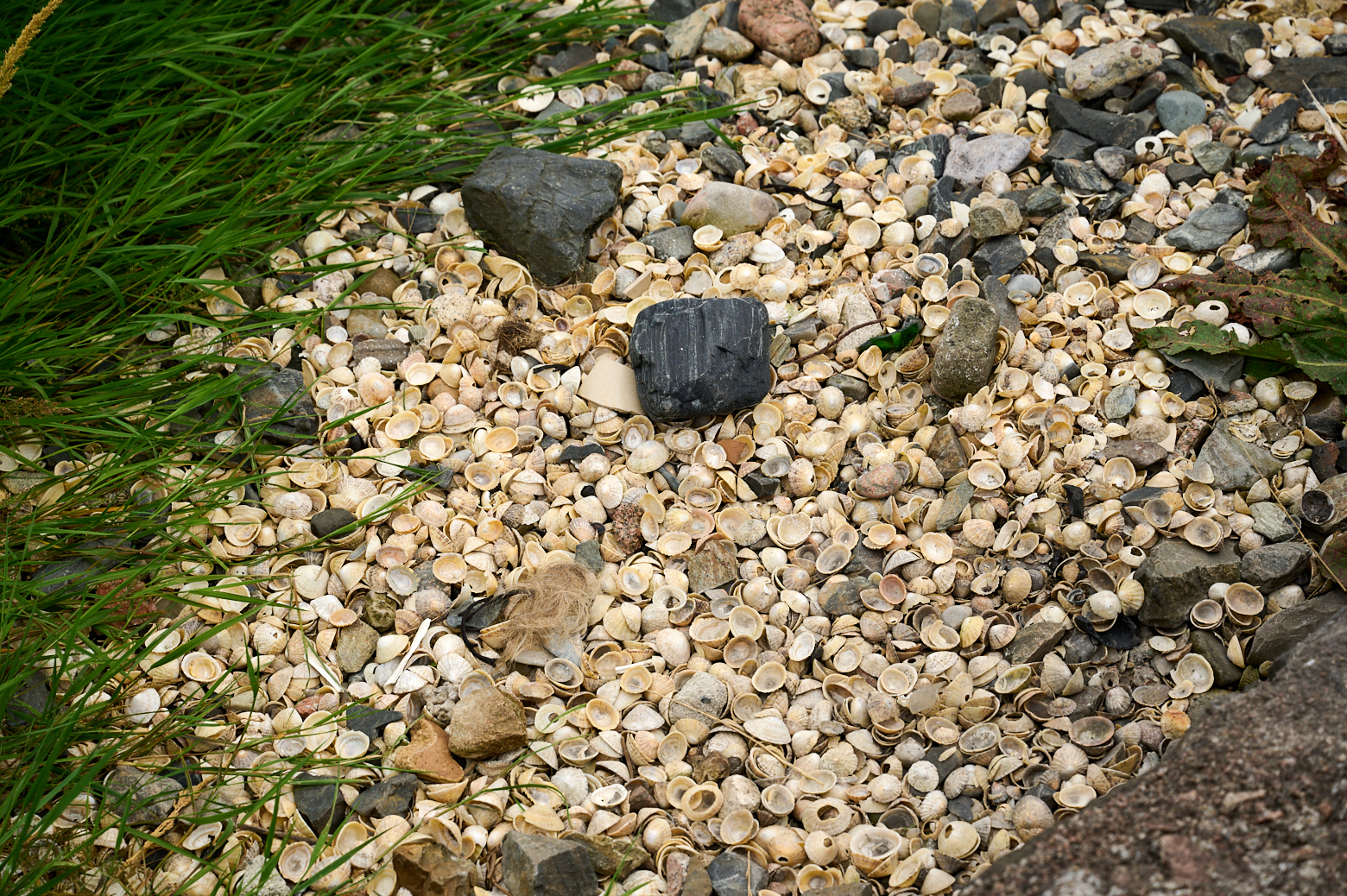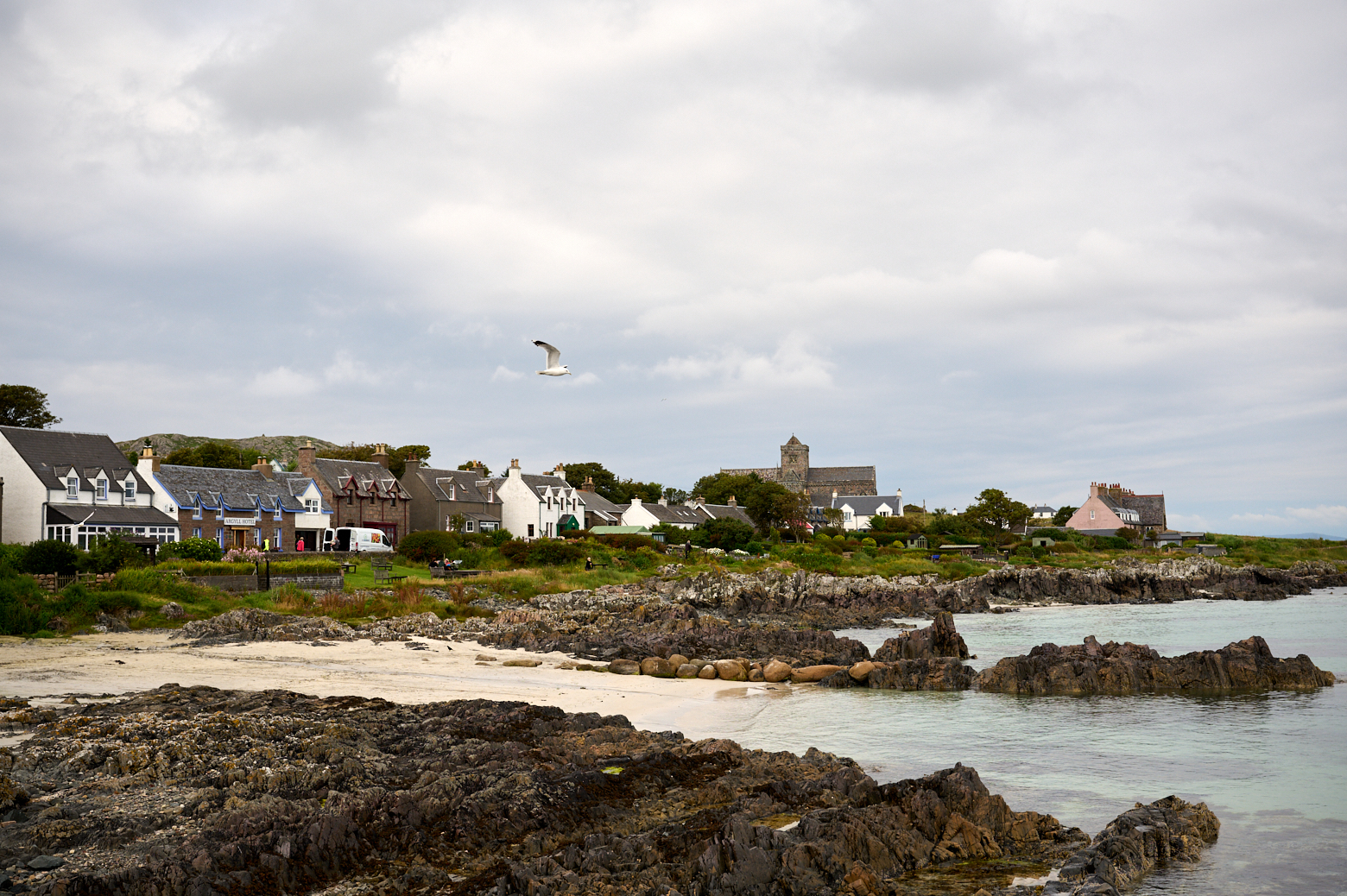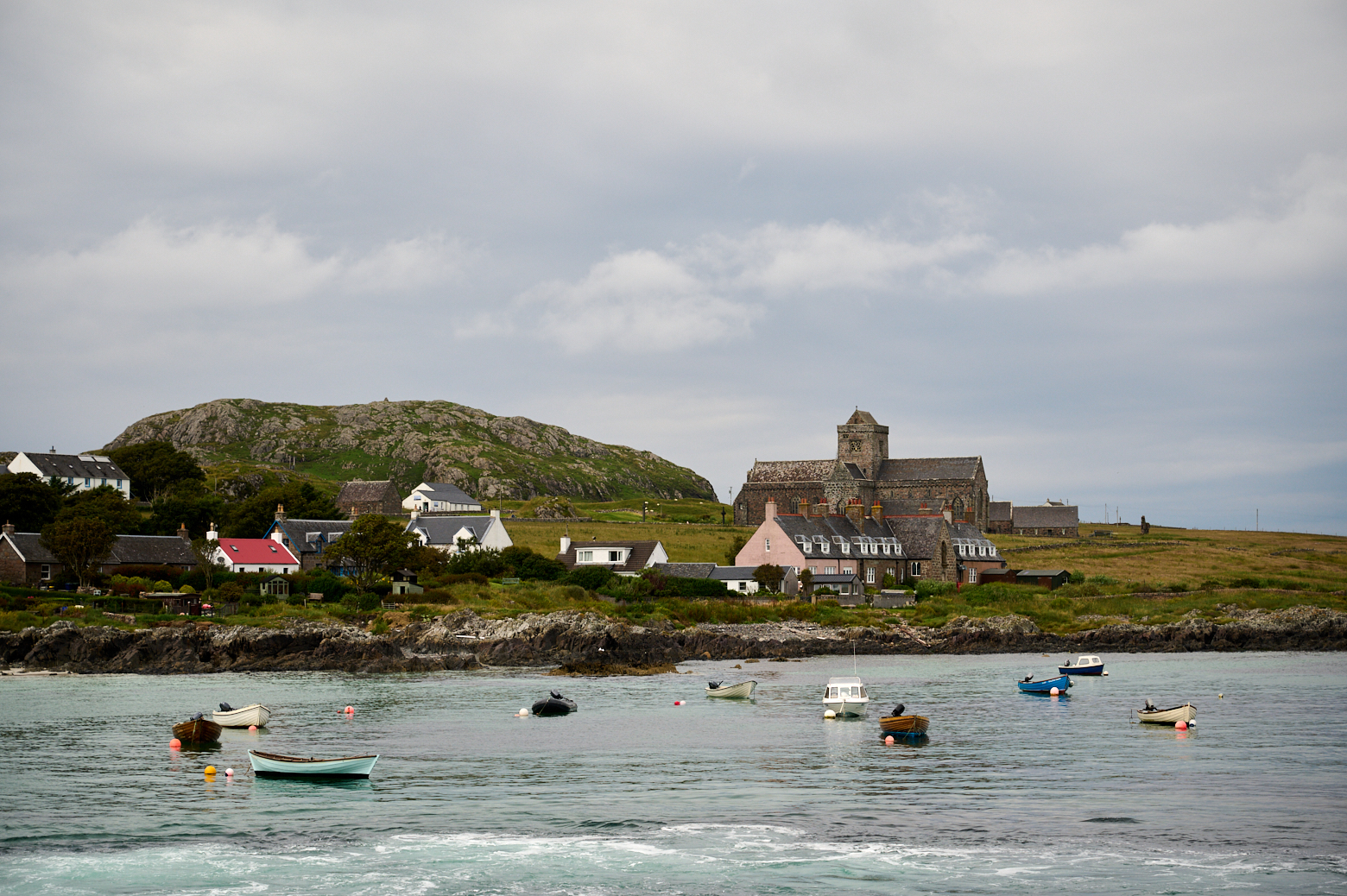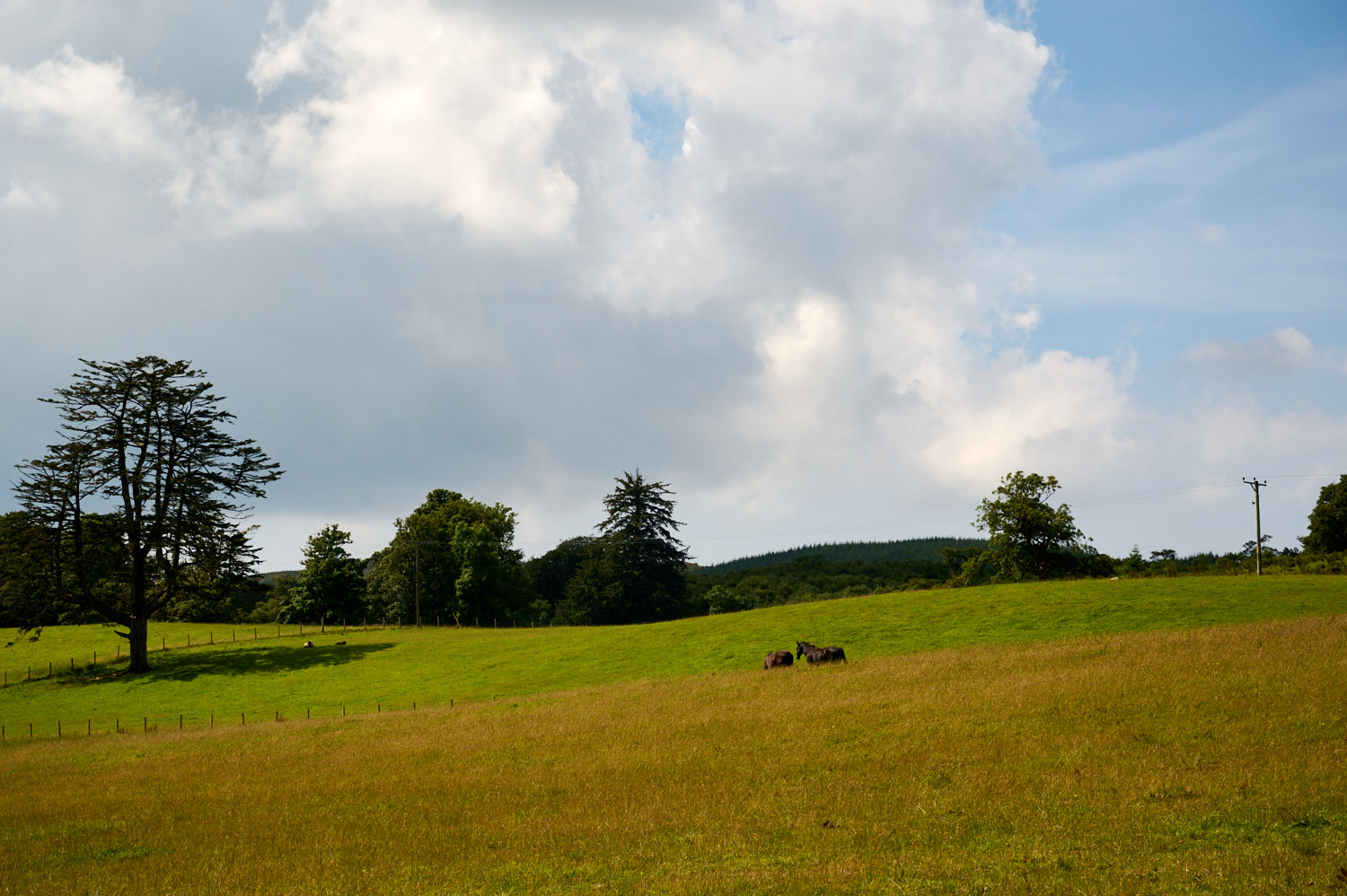
In between the islands, I spent a few days on the Scottish mainland in Argyll & Bute. My house was along a canal, and I enjoyed hours just watching boats go by. And do little excursions in the area.
The Kingdom of Dál Riata (Dalriada) occupied most of today’s Argyll & Bute and part of Northern Ireland. The Scoti were a force in their area from before 500 until after 800.
The last King of Dalriada was Kenneth I, who went on to gain control of the Pictish crown in 834 and merge the crowns of the Scots and the Picts to make a single kingdom, Alba: what we would today call Scotland. (Undiscovered Scotland)
The seat of this kingdom was Dunadd – I had visited the fort a few years ago. But I visited another part of the kingdom, the stunning Kilmartin Glen.
Kilmartin Glen is located between Oban and Lochgilphead, surrounding the village of Kilmartin, on the west of Scotland.
The area spans 5,000 years with a multitude of cairns, standing stones, carved rock, stone circles, forts and castles. Kilmartin Glen is considered to have one of the most important concentrations of Neolithic and Bronze Age remains in Scotland. (Visit Scotland)
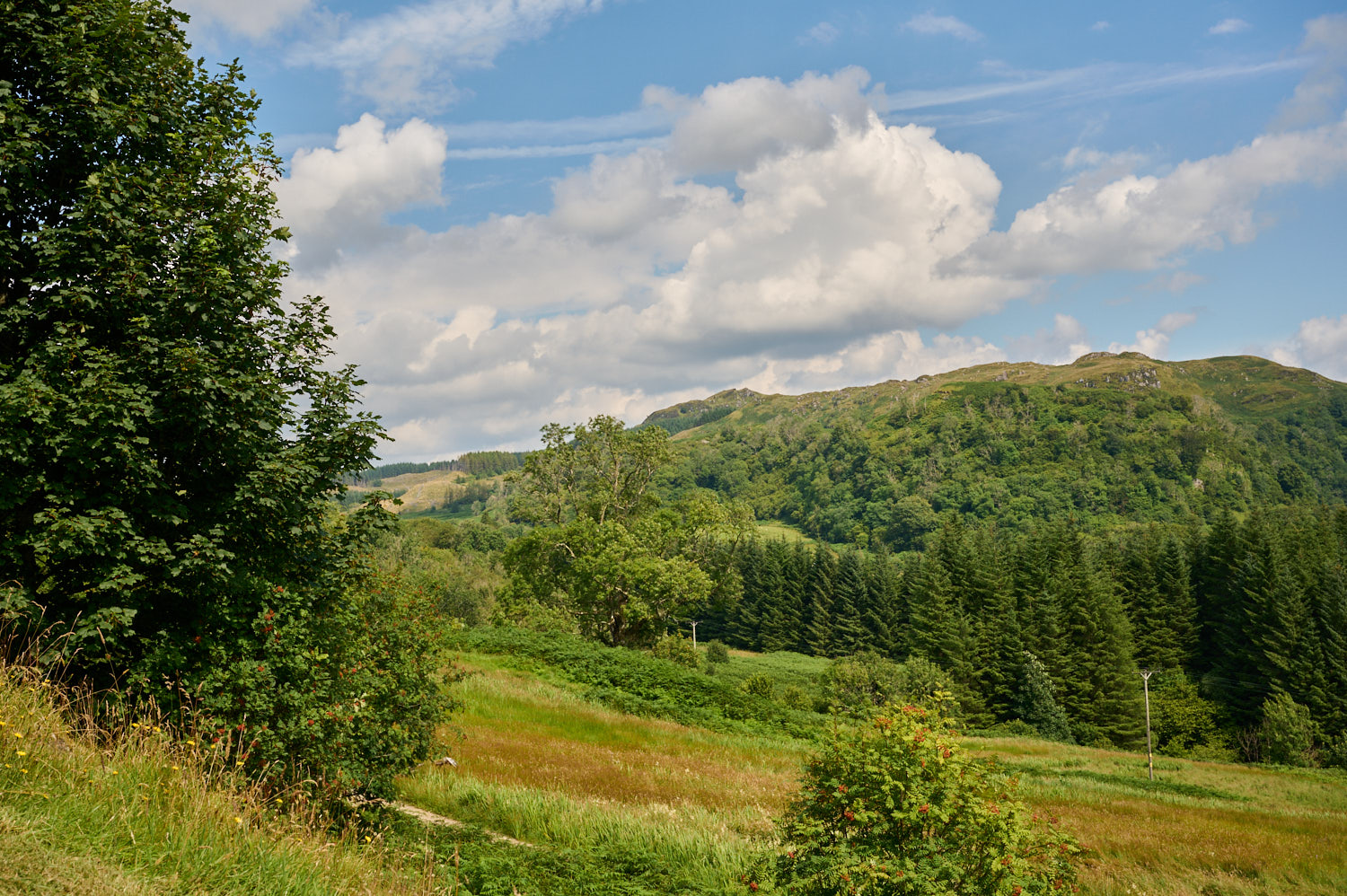
Carnasserie Castle
But my first stop was a more modern one, the Carnasserie Castle, built by Master John Carswell, rector of Kilmartin, in 1559.
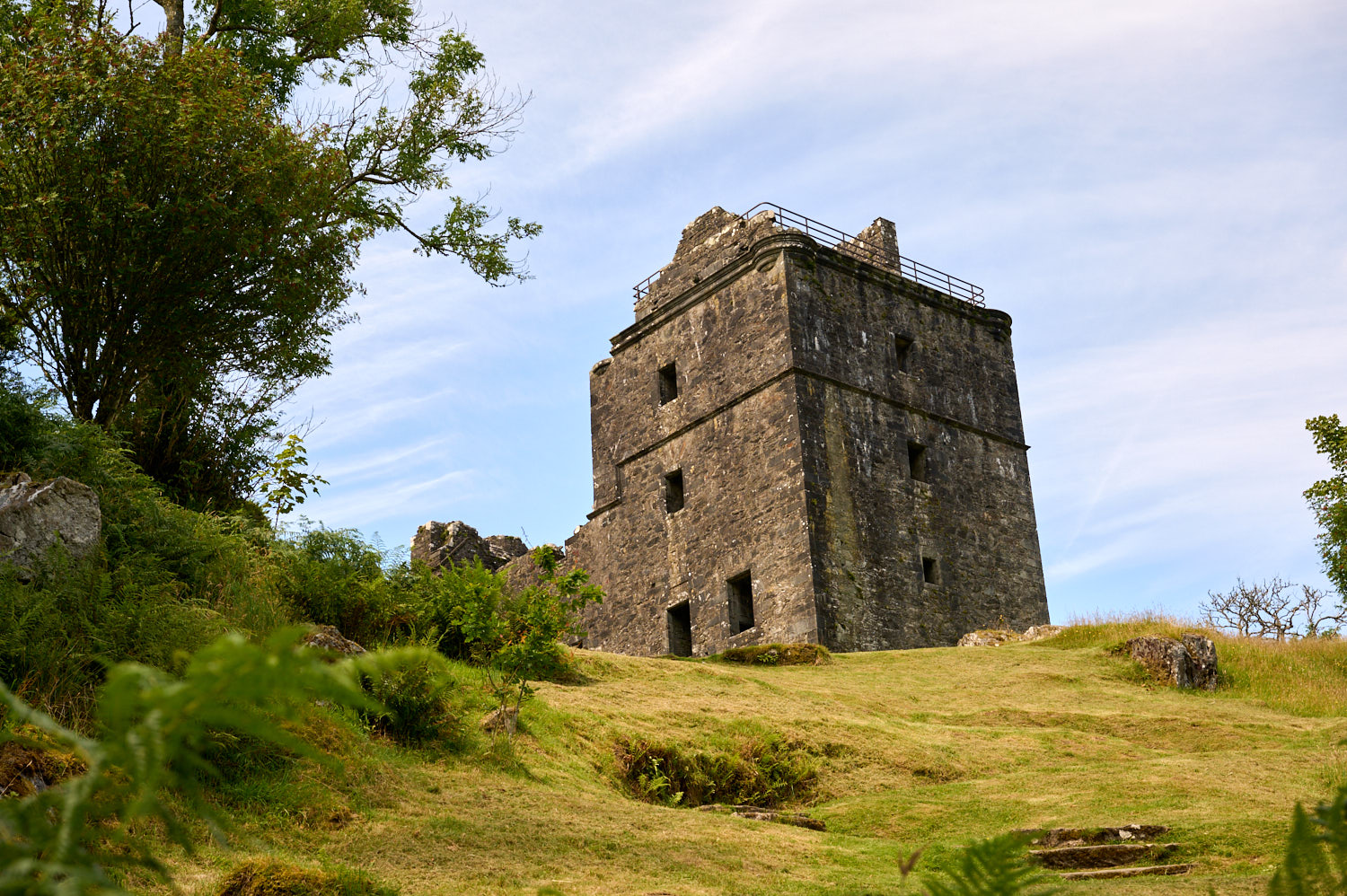
Carswell built the castle for his patron, the Earl of Argyll, and incorporated an earlier building already on the site. It was a magnificent building until Royalist forces partly blew it up during Argyll’s rebellion against James VII in 1685.
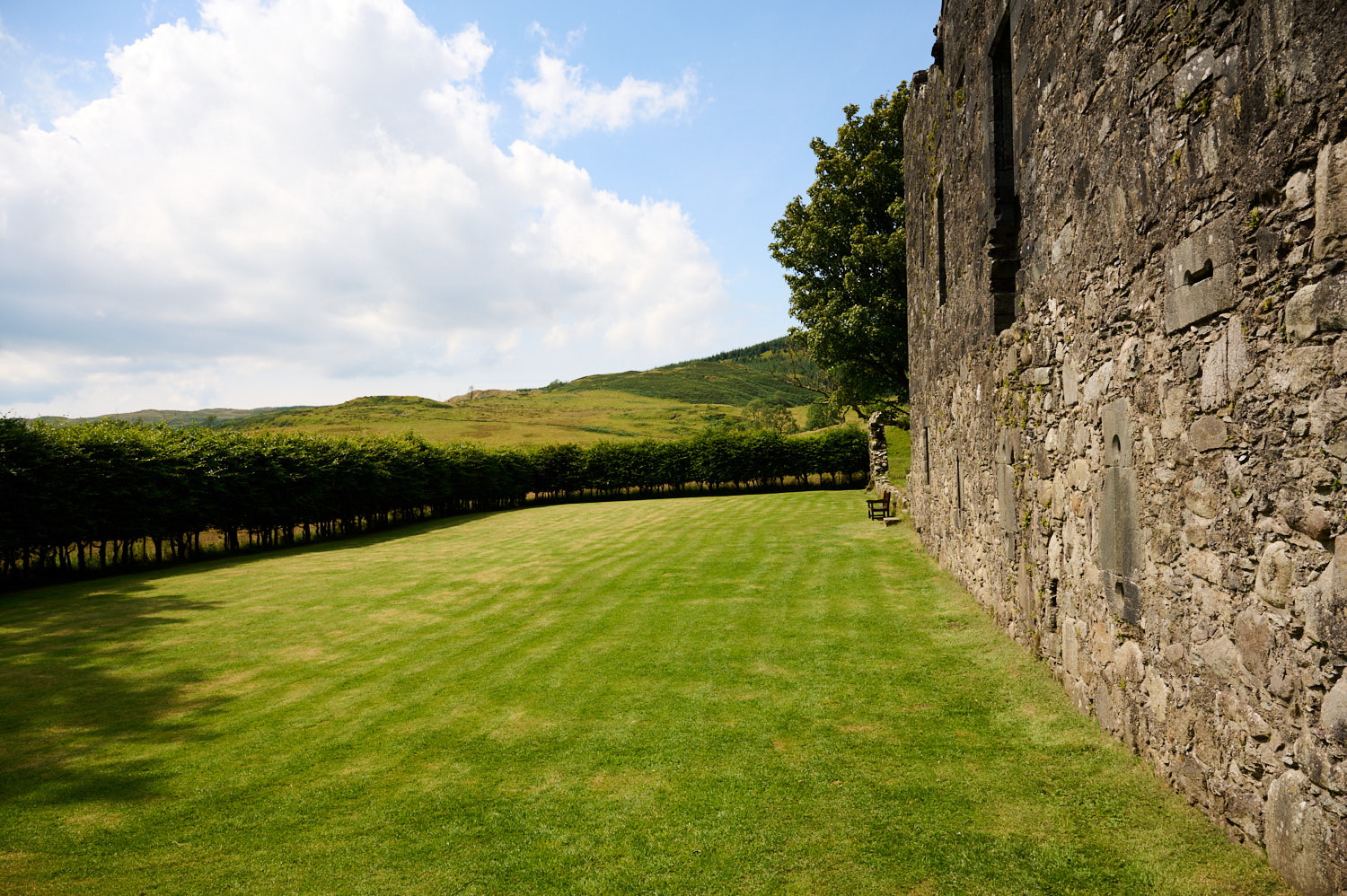
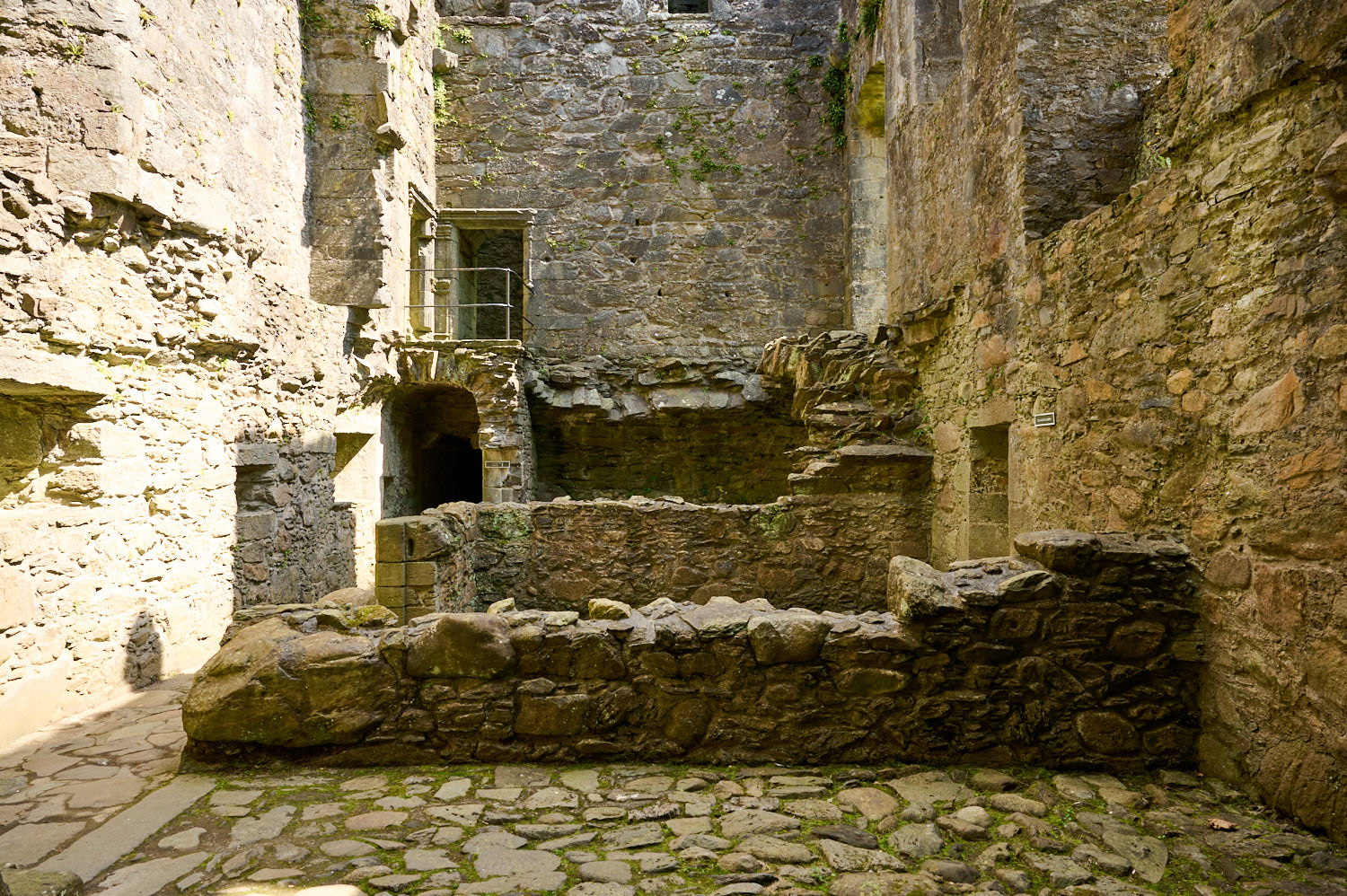
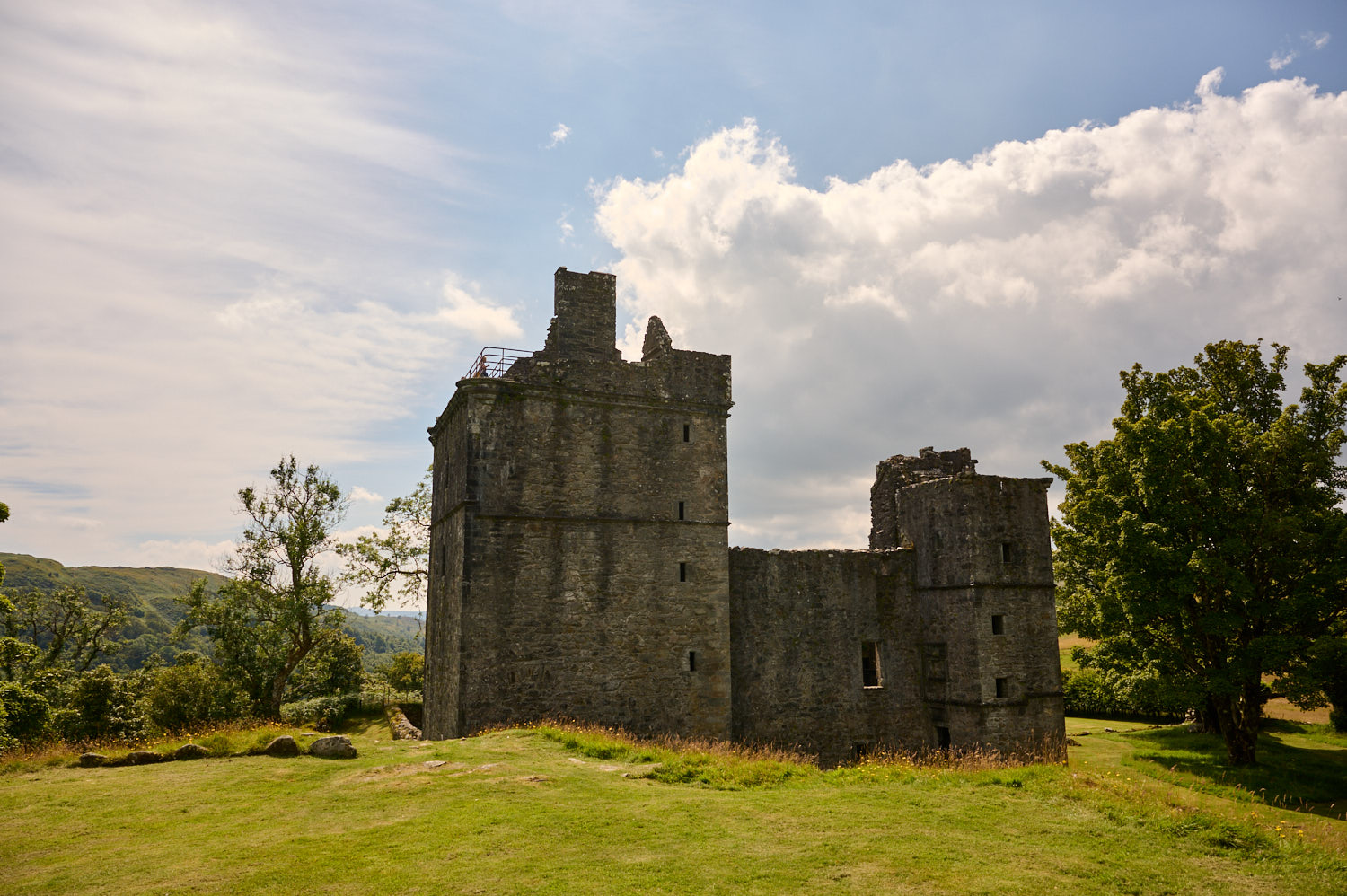
Kilmartin
Kilmartin is a lovely village with a museum that was unfortunately closed, a cairn and a parish church known for its remarkable collection of early grave slabs.
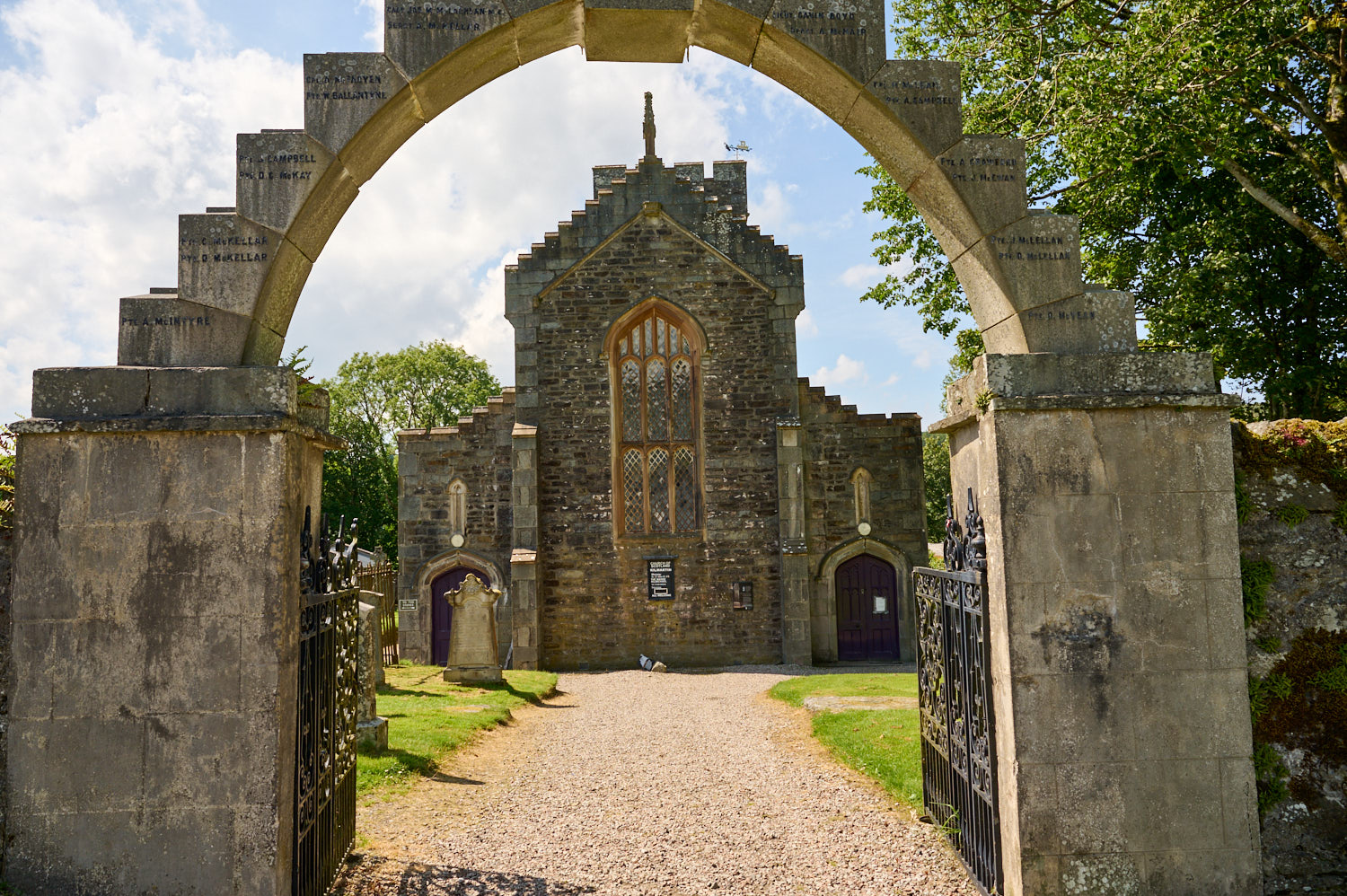
A collection has been put together, some grave slabs are of early Christian design, and some are medieval.
